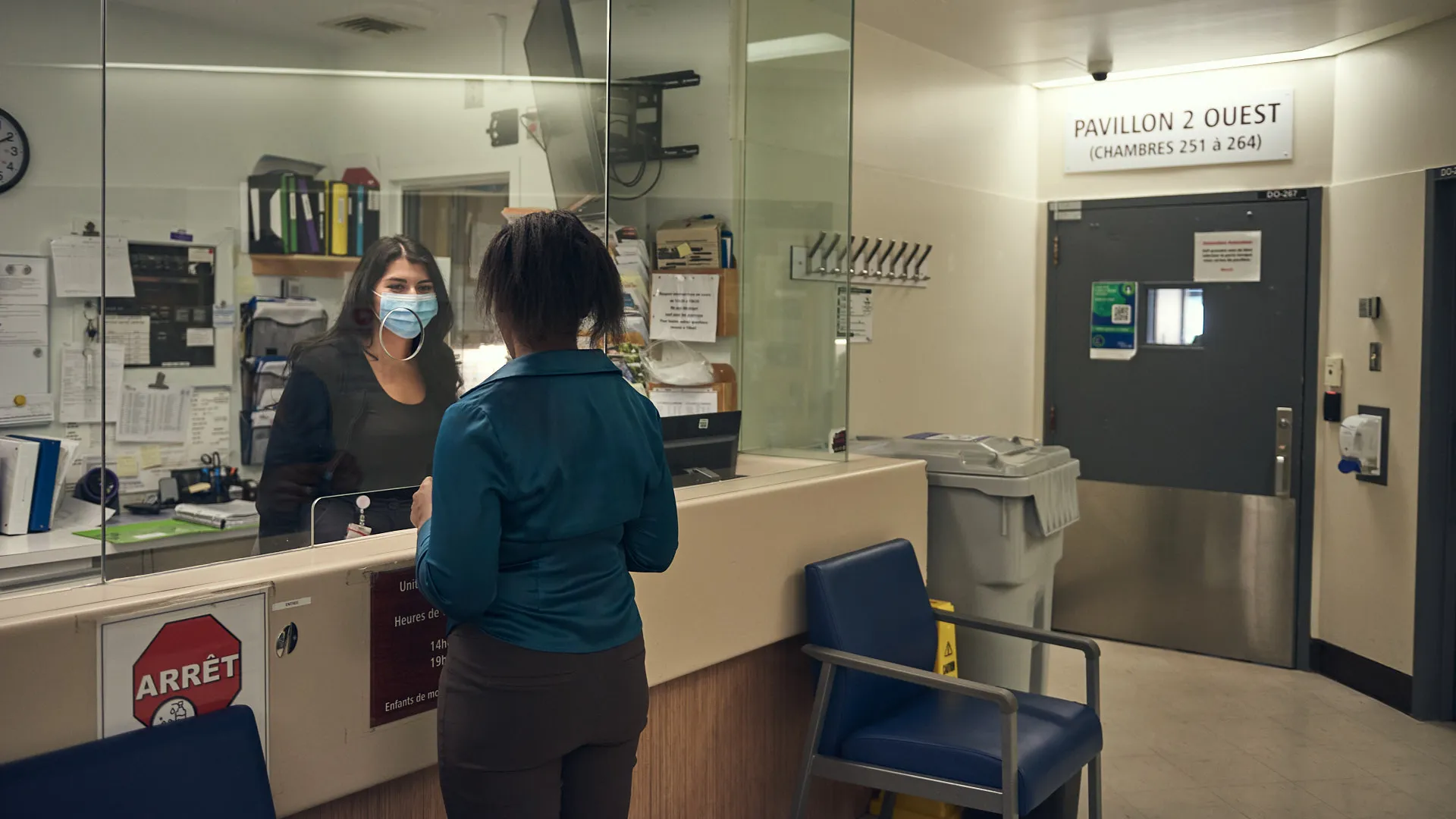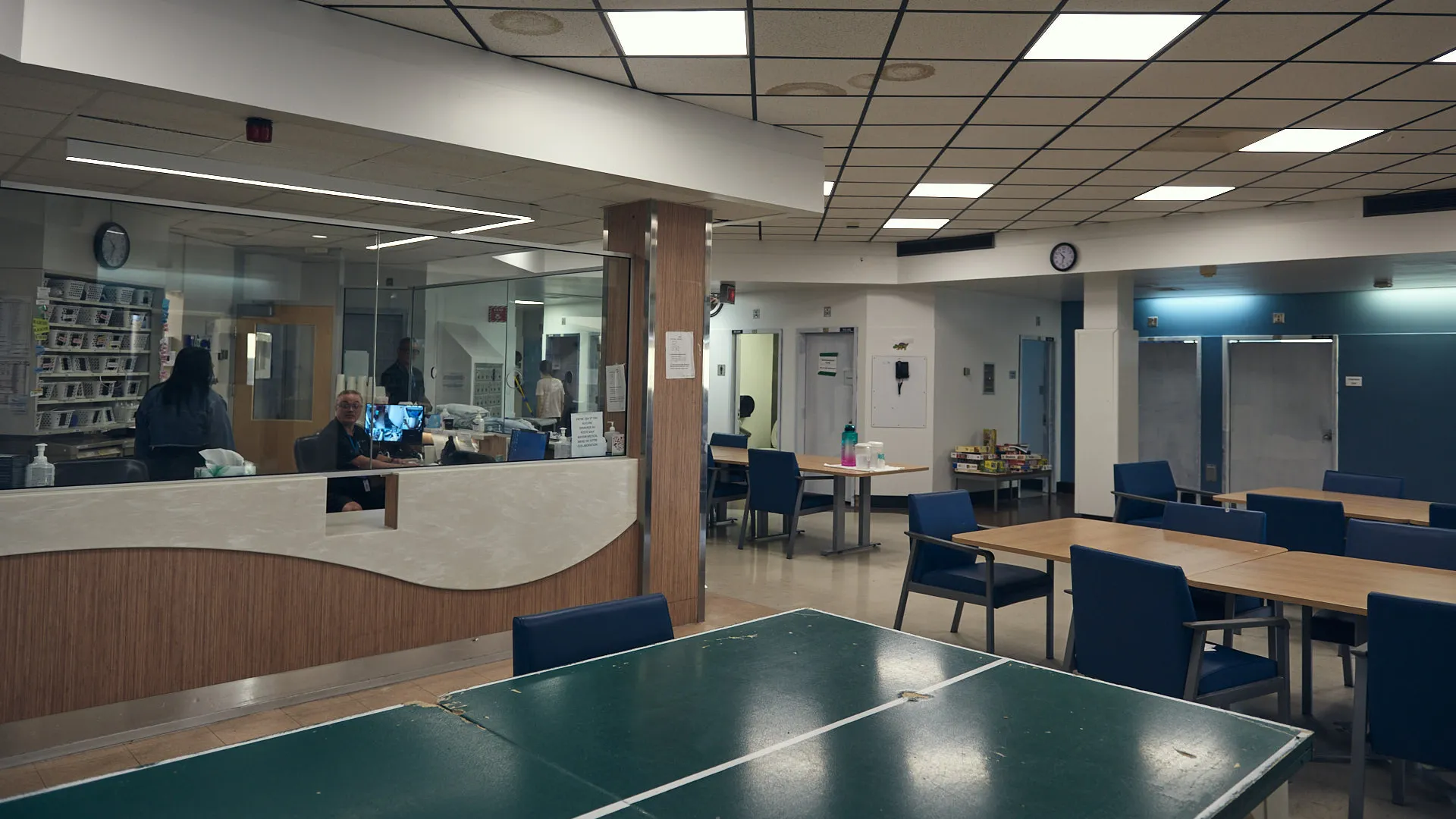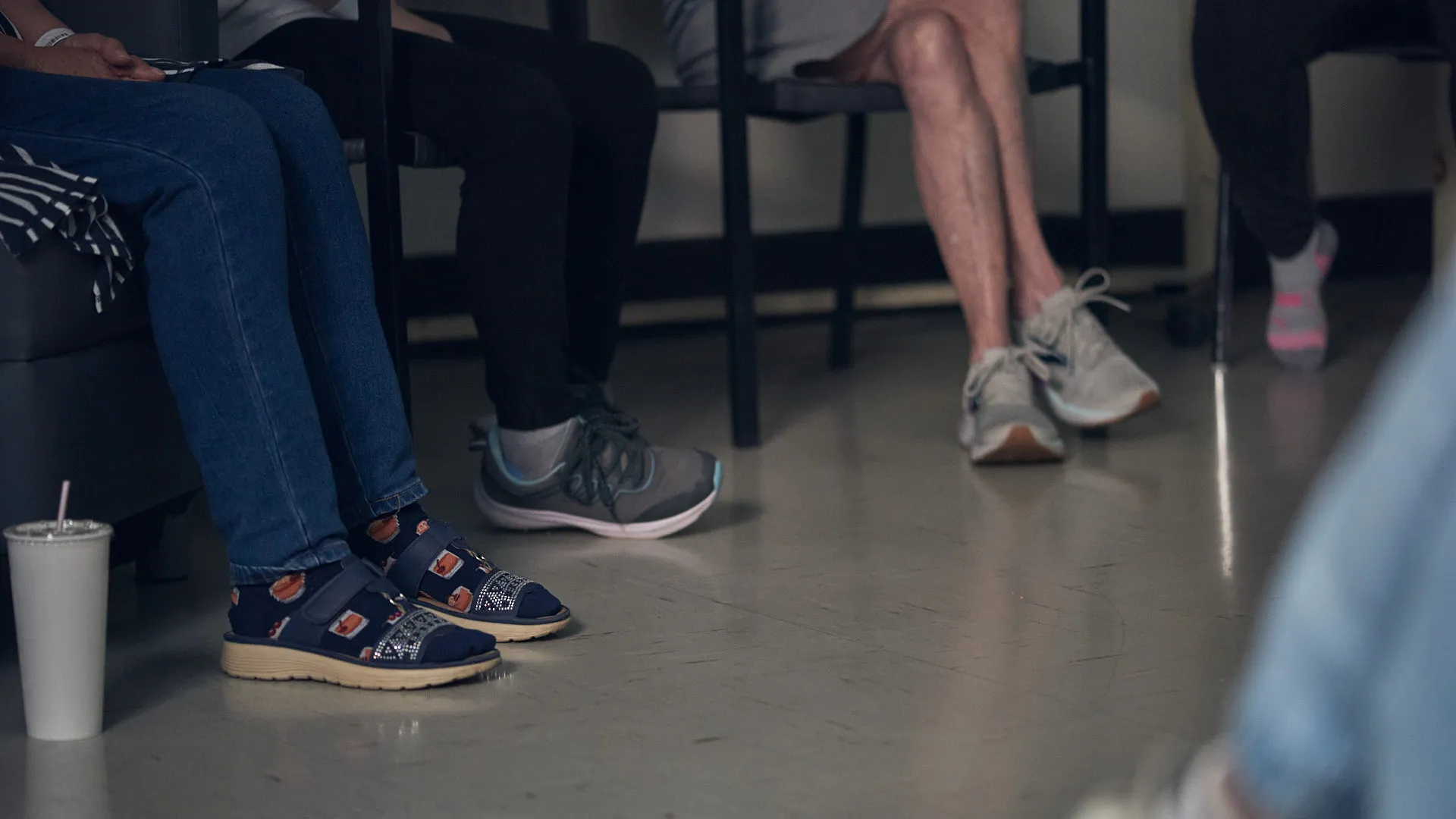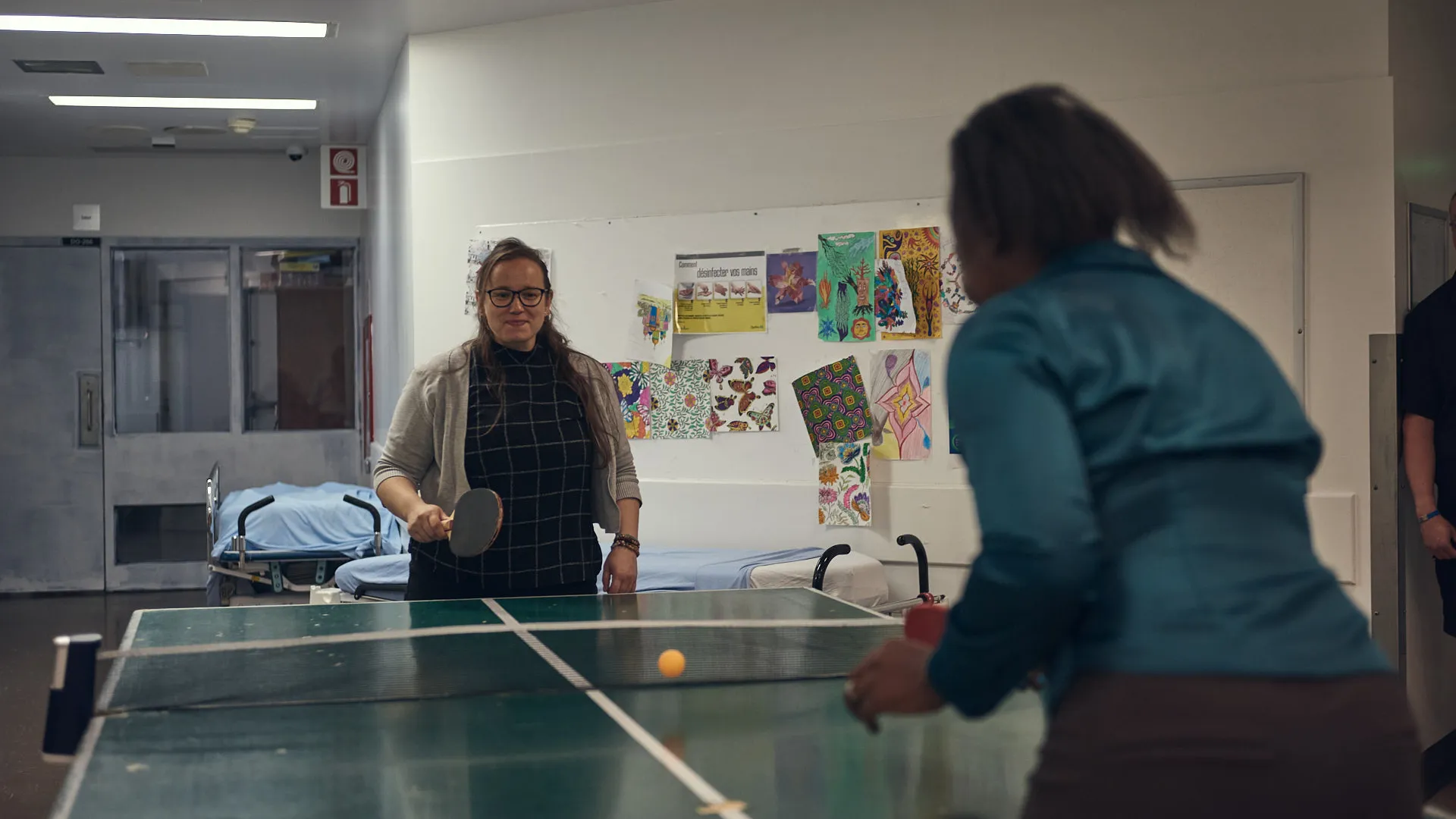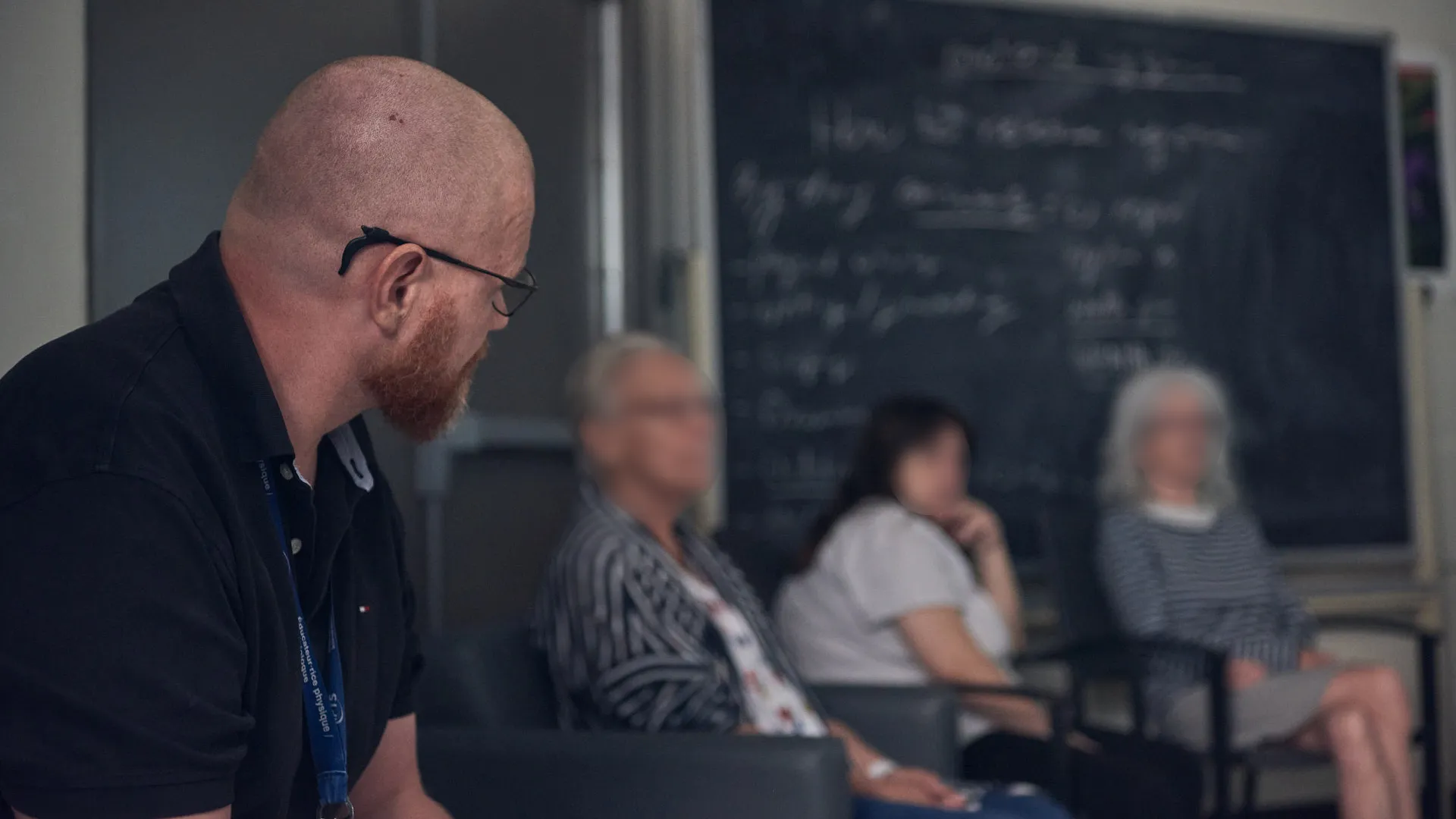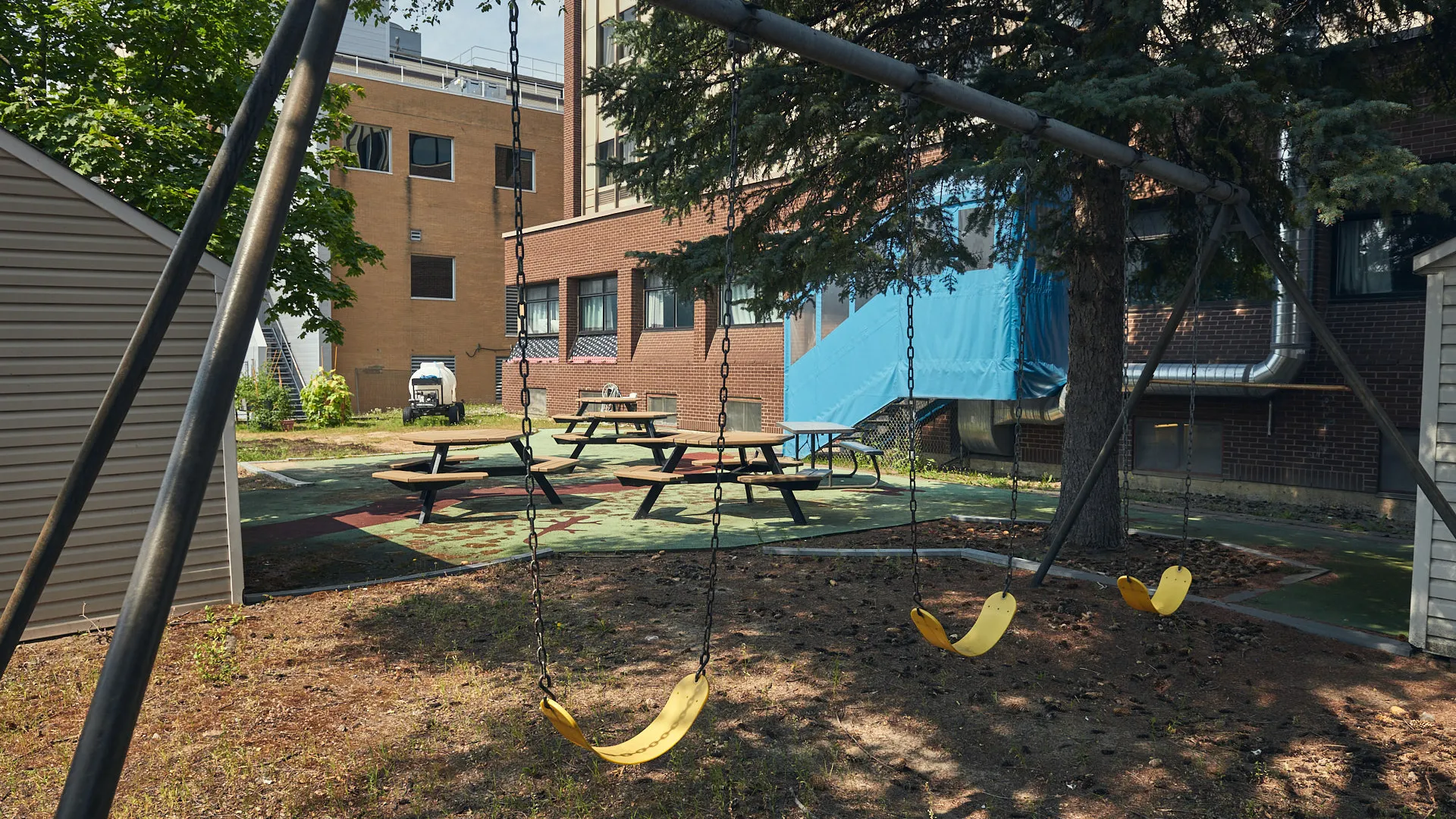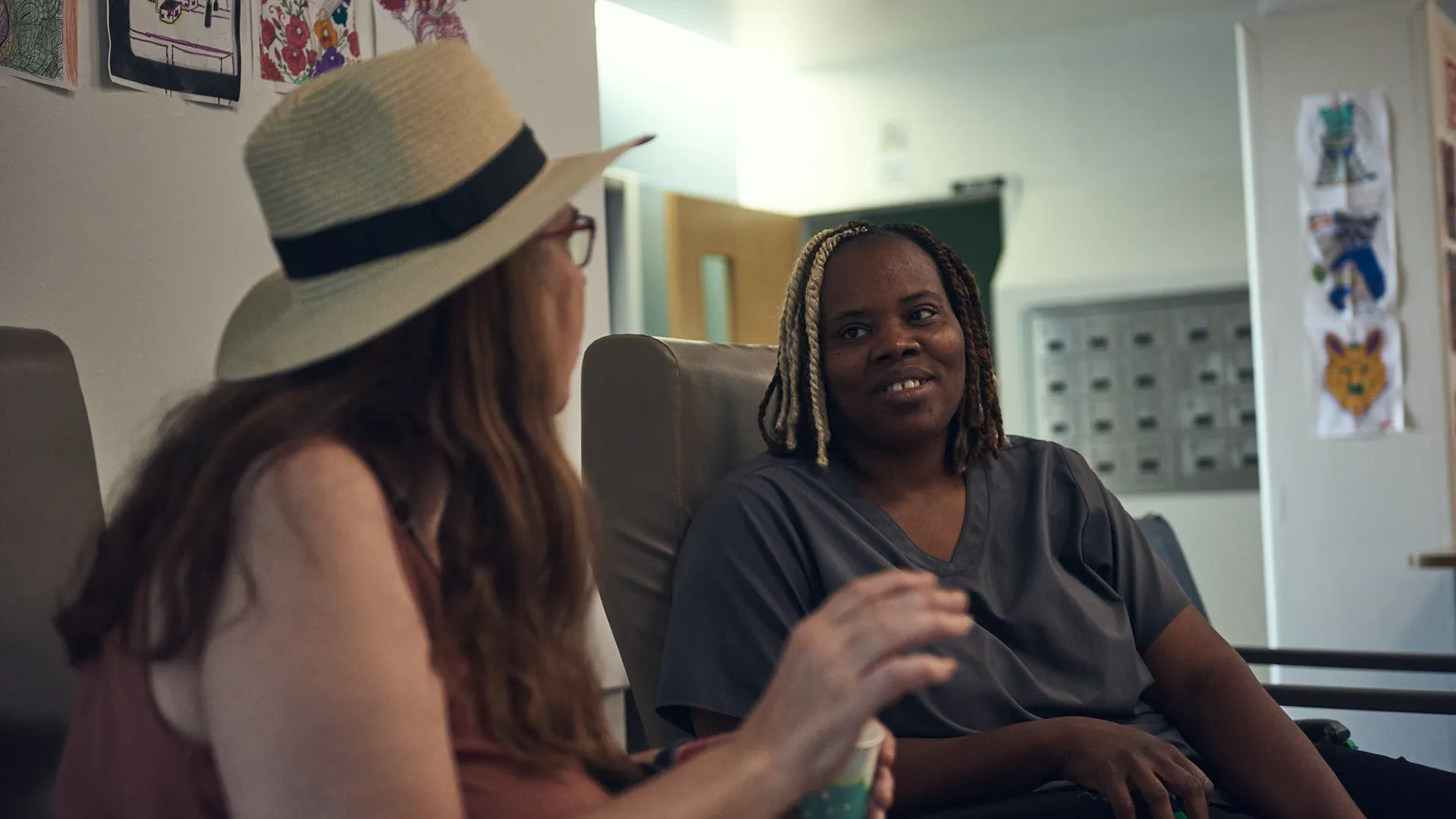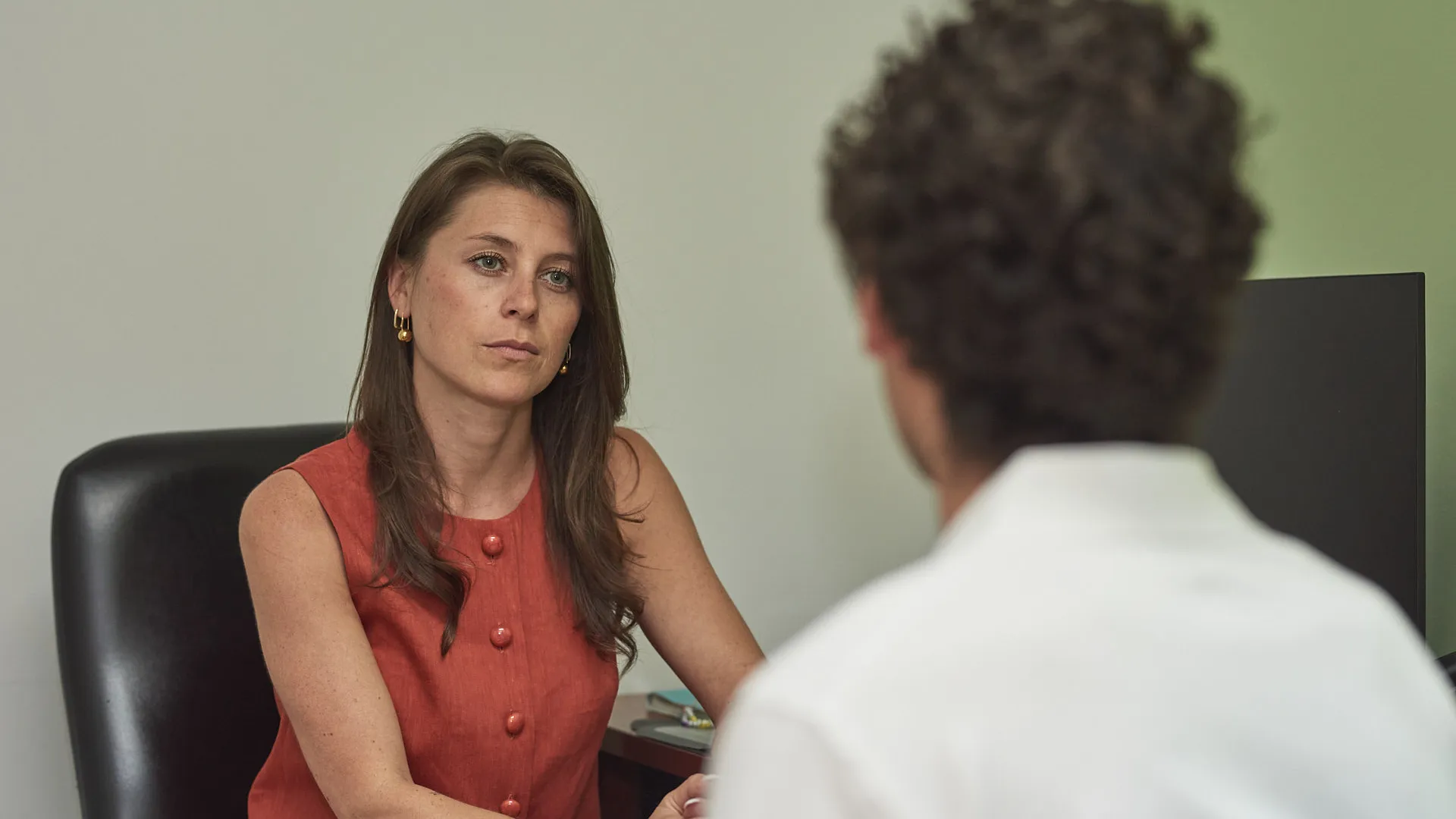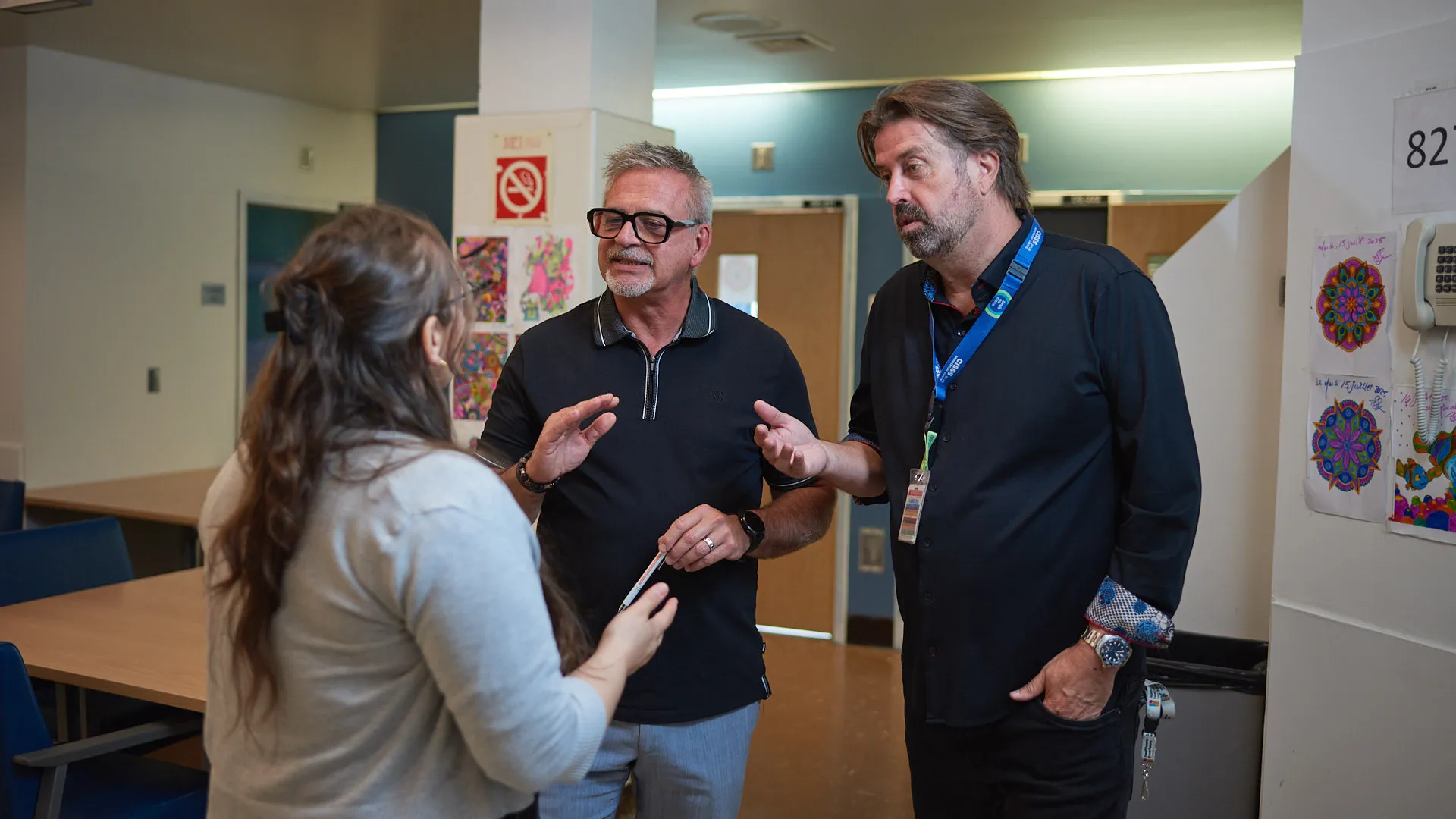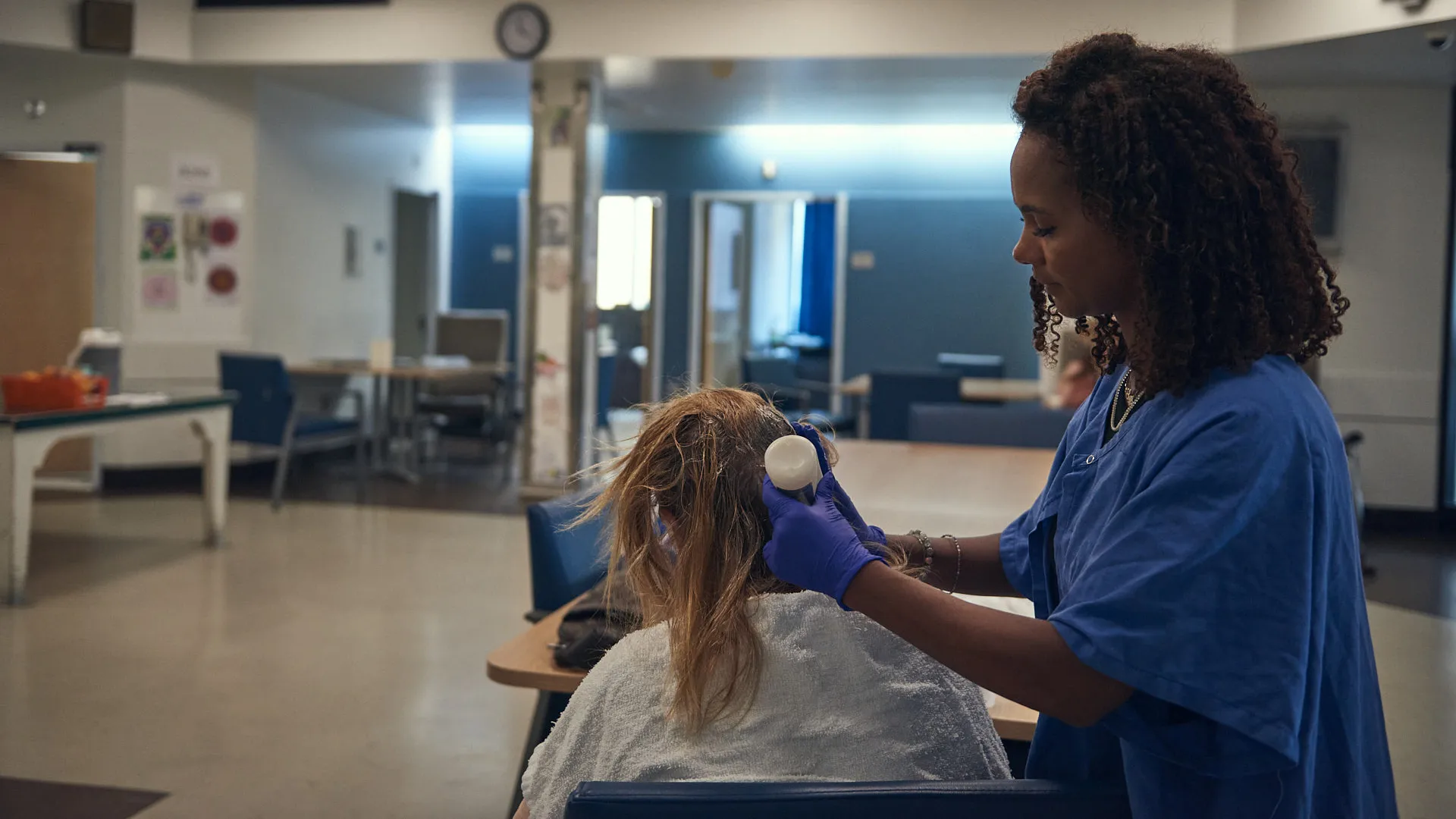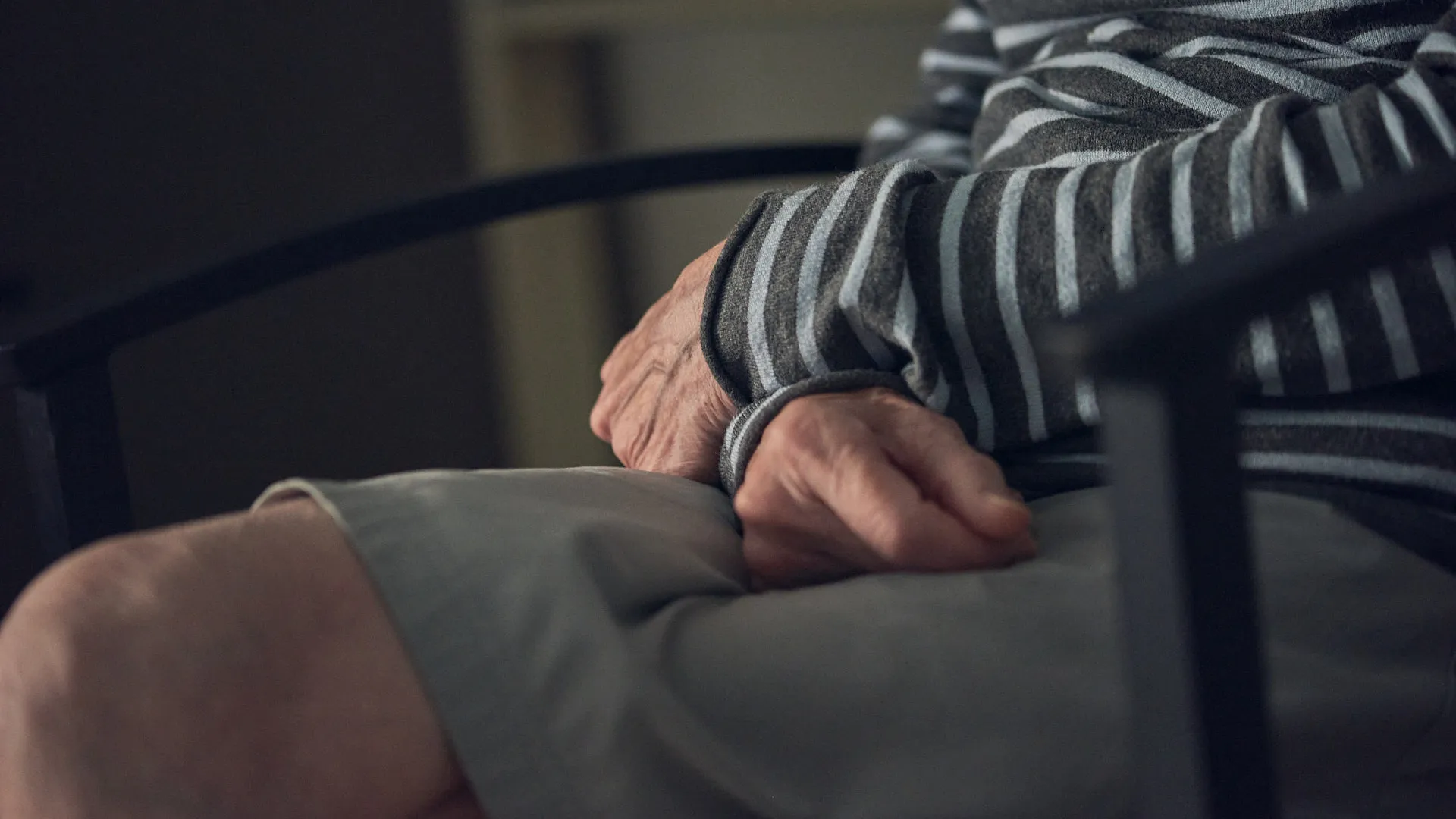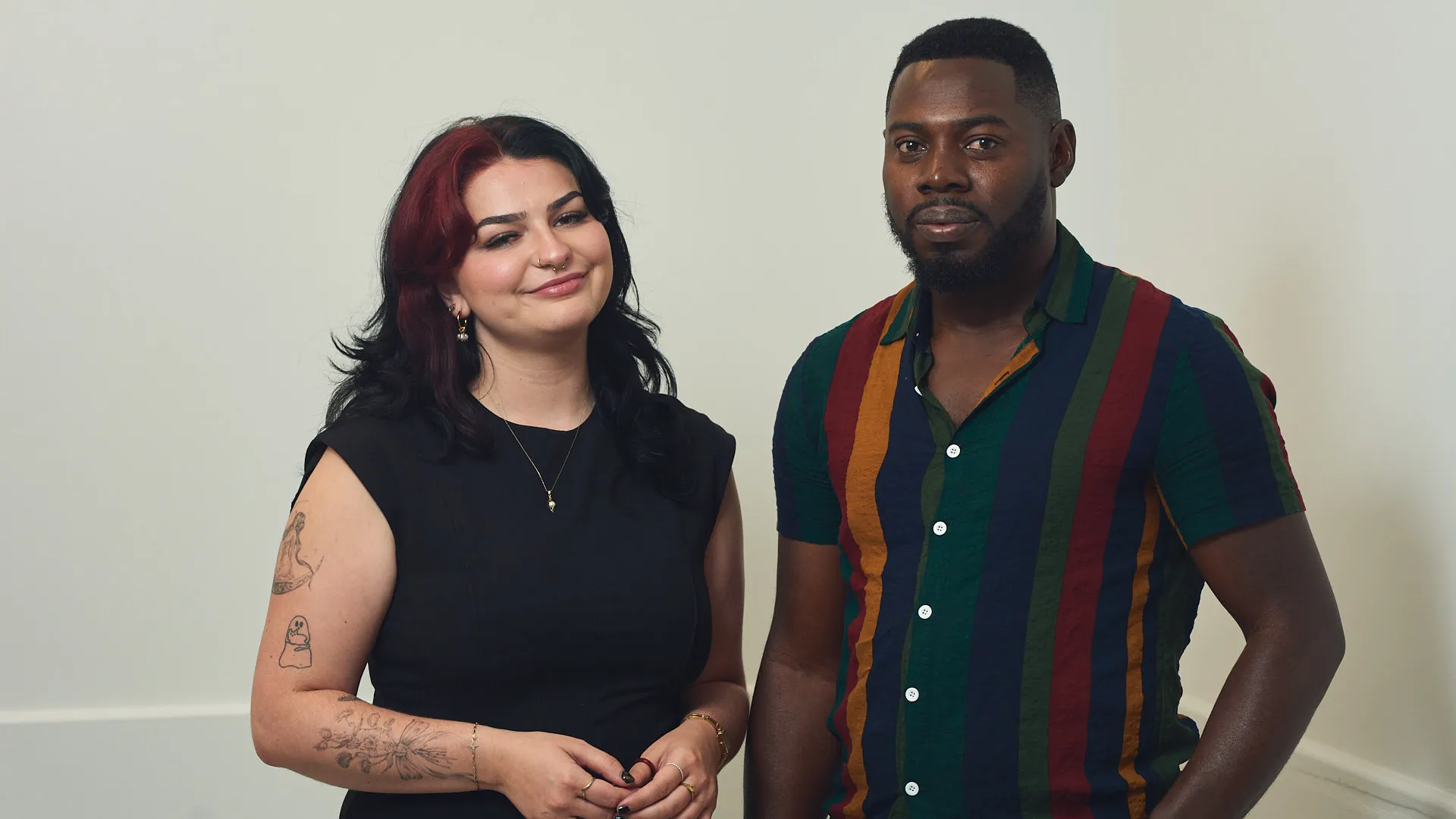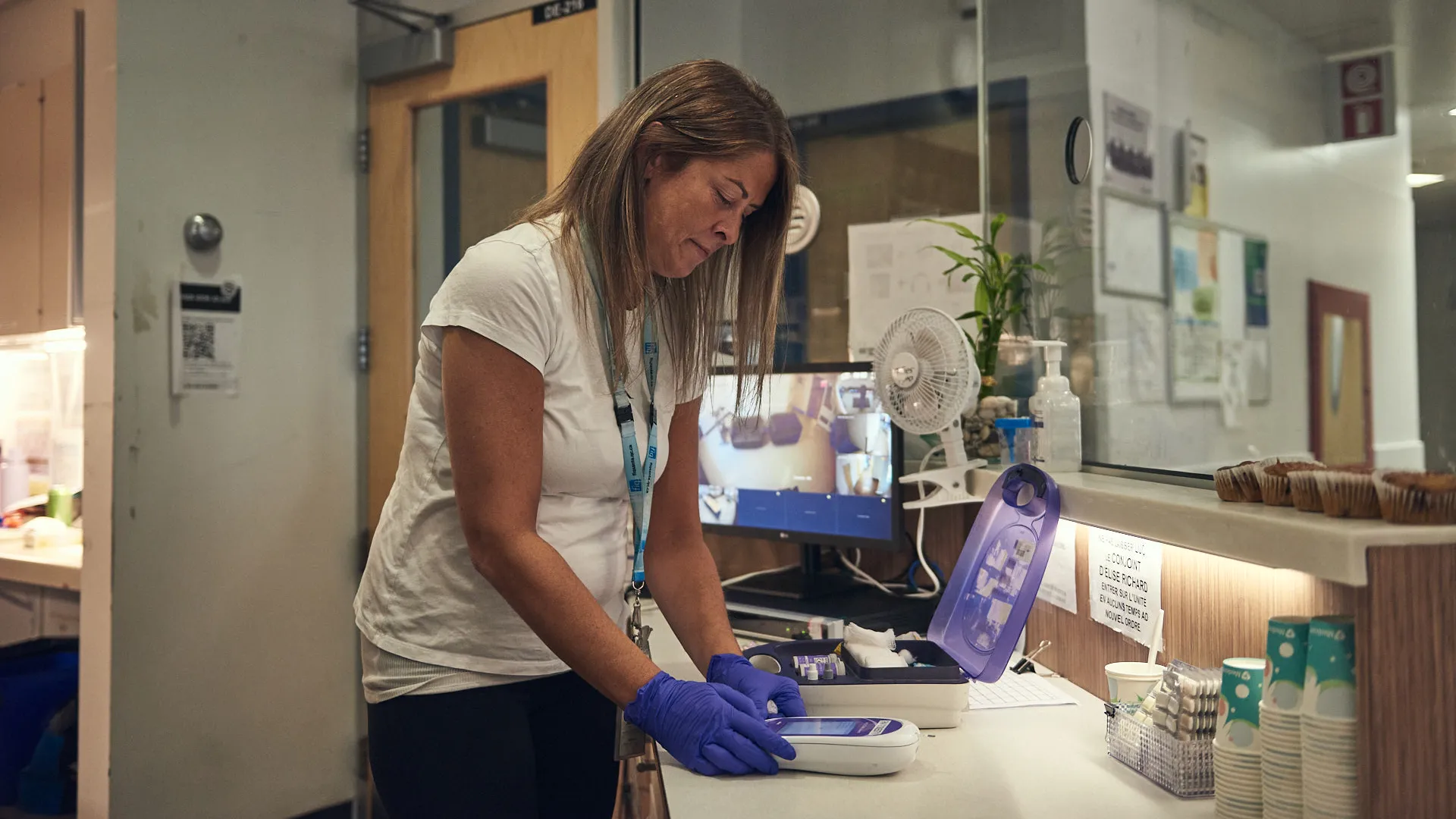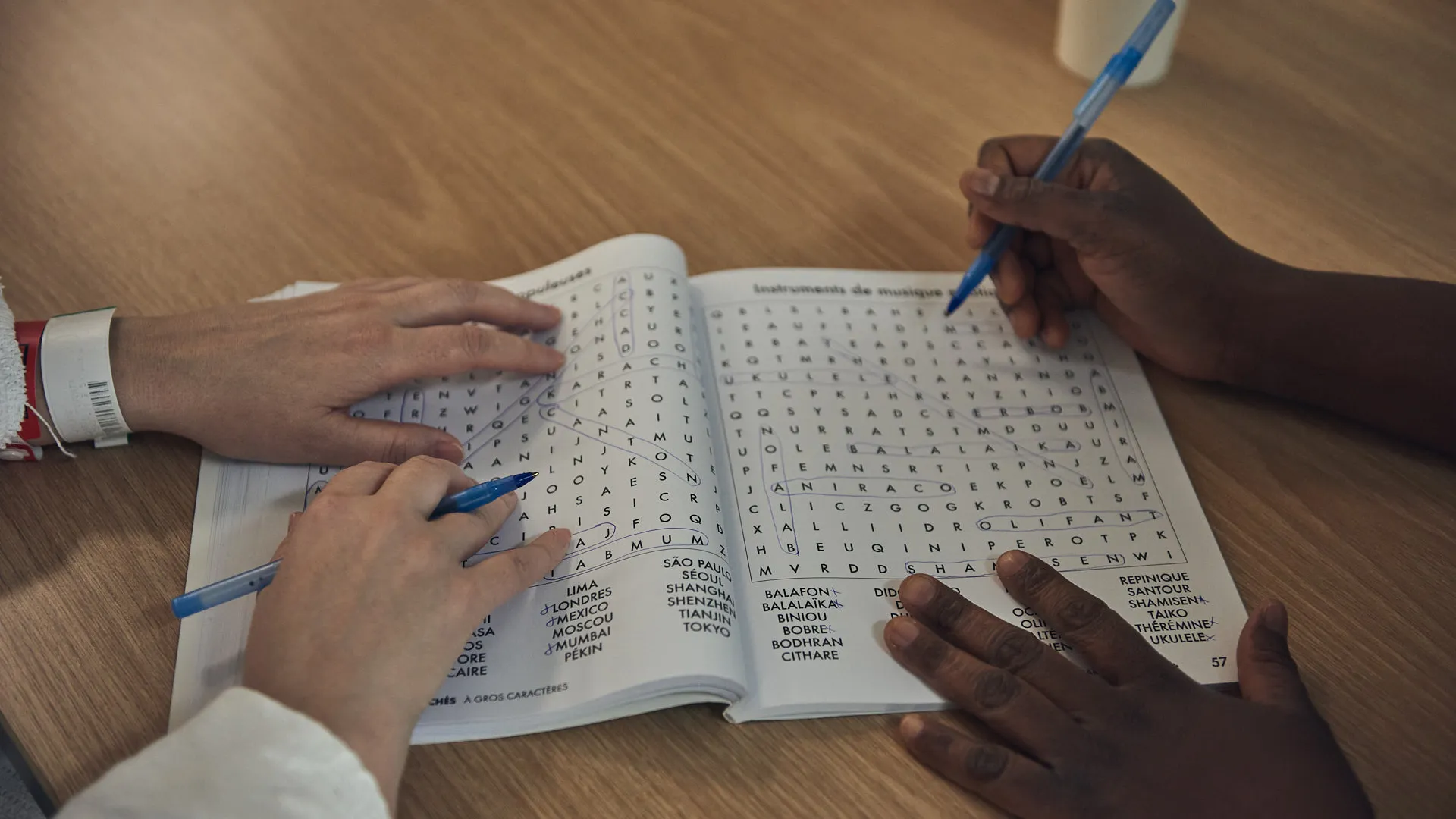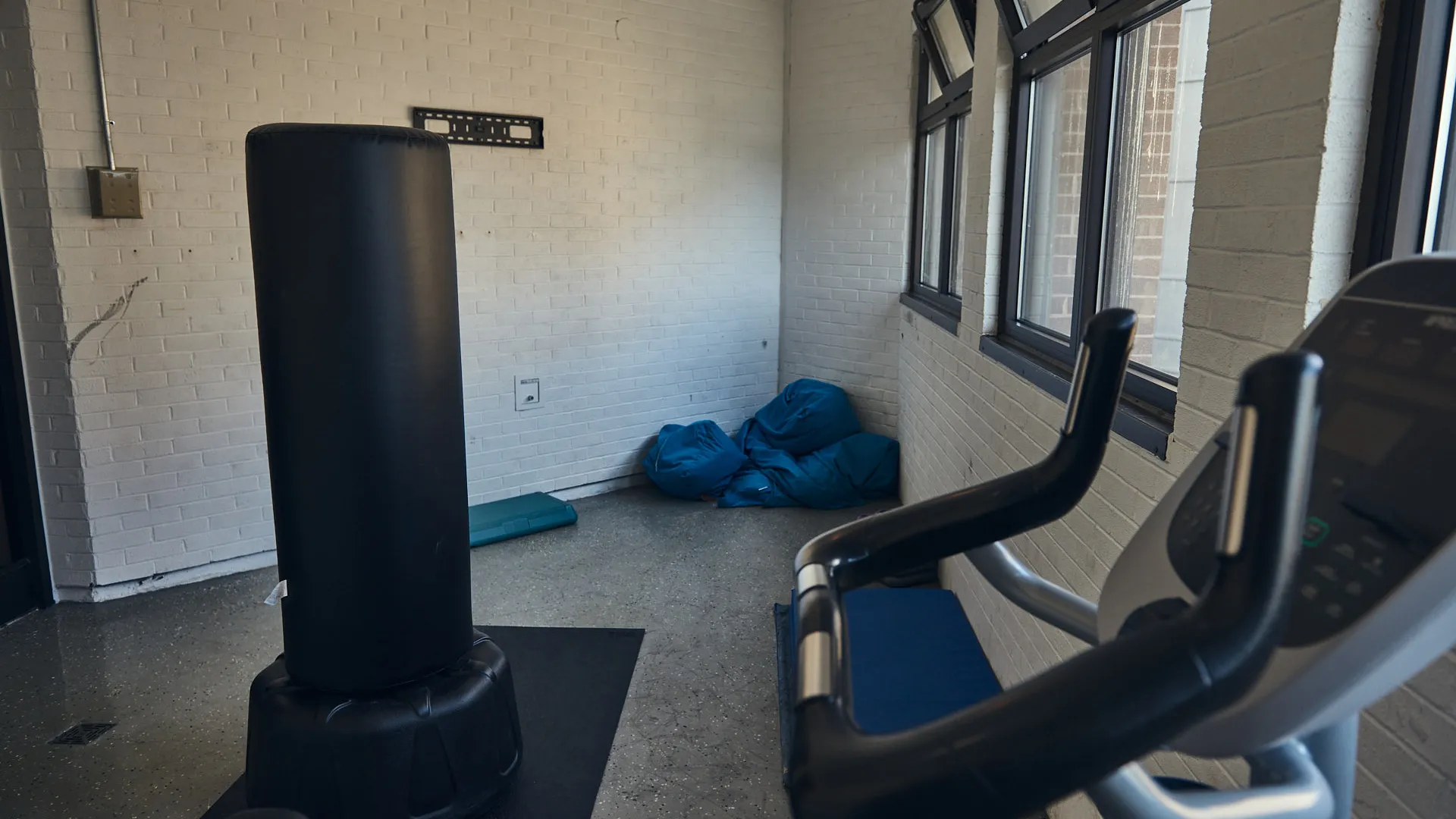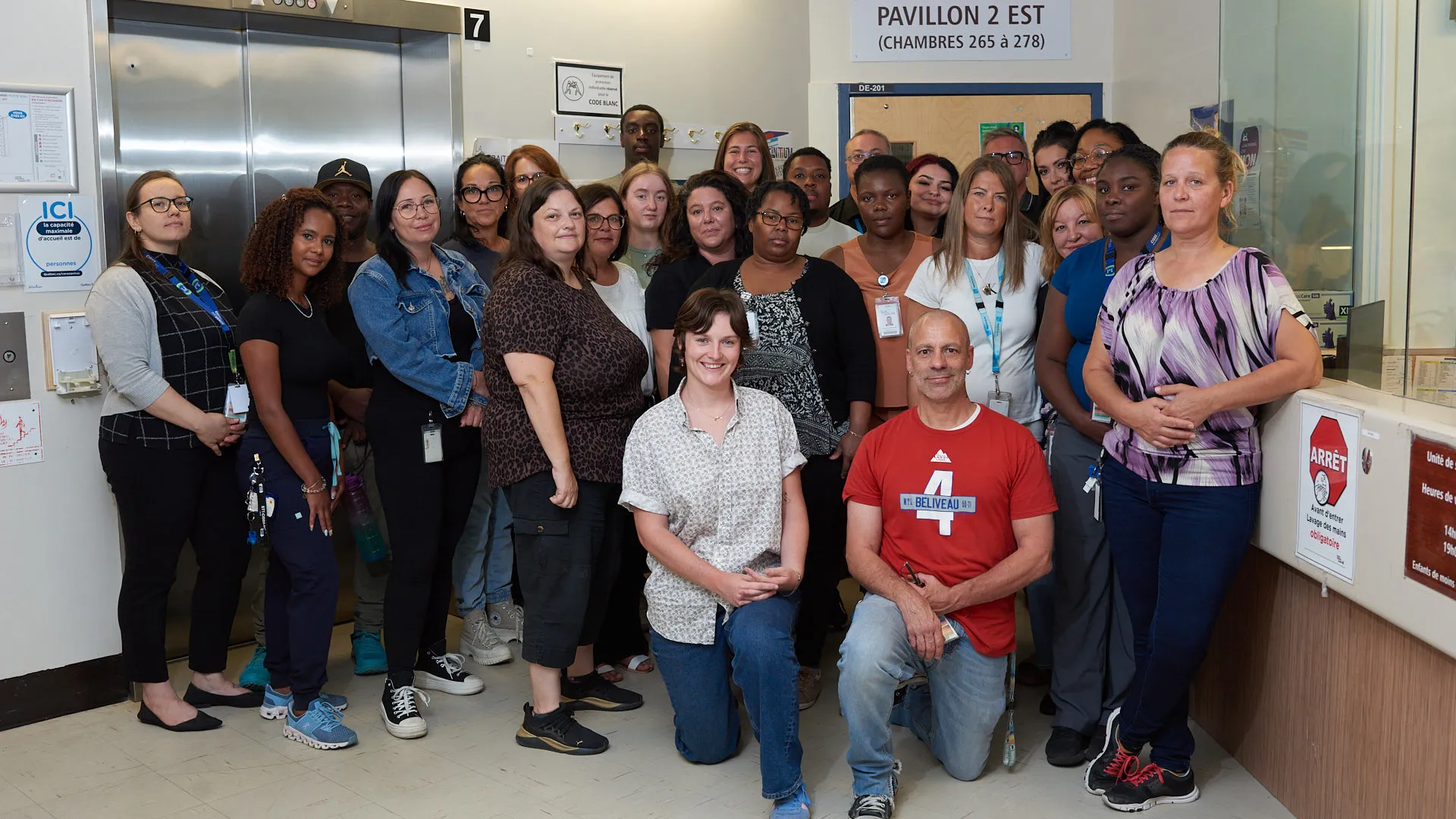Caring for the visible to heal the invisible
Caring for the visible to heal the invisible
Improve the wellbeing of patients and staff in the Mental Health Department.
Every donation helps transform the care environment for people in psychological distress and for those who care for them.
Goal: $1.5 million!
Every day at the Mental Health Department of Hôpital Charles-Le Moyne, adults of all ages face deep psychological distress. They are loved ones, colleagues, parents. They need care — but also a space that supports their recovery.
The teams who care for them have a dream: to transform this outdated environment into one that is calming, reassuring and dignified. A human-centred space, worthy of their compassion and commitment.
Your donation will help modernize the units, directly improve the wellbeing of patients, and support the essential work of the care teams.
Offer calm. safety. humanity.
Got a call from 450-912-9131? It’s part of our official campaign.
A telemarketing campaign is currently underway.. If you received a call from 450-912-9131 about this, rest assured: it is a secure, official initiative conducted in partnership with Monali, our trusted collaborator.
Questions? Or thinking about donating? Feel free to reach out — a callback will gladly be arranged.
Thank you for your generosity. You’re making a real difference.
A place for recovery
Every day, patients walk through the doors of the Mental Health Department at Hôpital Charles-Le Moyne.
Crisis. Distress. Loneliness. Fear. For many, it’s their very first contact with psychiatry.
That first impression is crucial. Patients and their loved ones need to feel safe and supported — safe enough to stay… and to come back for help, if they need it again.
Martin Tétreault, Director of Mental Health, Dependence and Homelessness Programs
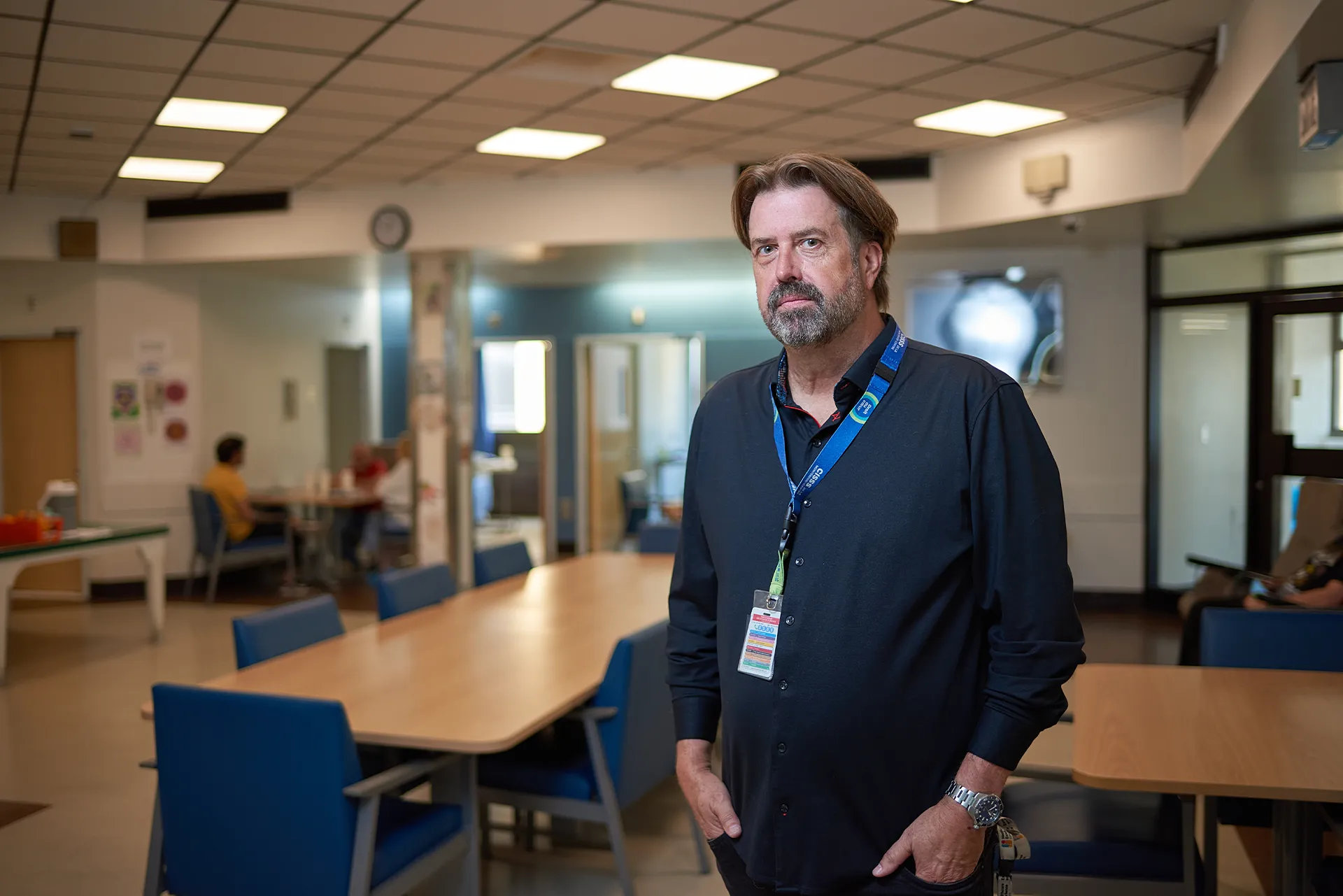
That first impression is crucial. Patients and their loved ones need to feel safe and supported — safe enough to stay… and to come back for help, if they need it again.
Martin Tétreault, Director of Mental Health, Dependence and Homelessness Programs
That moment can make all the difference.
It can be the beginning of a recovery journey…
or the moment the door closes for good.
A space that needs to be transformed
With 89 beds across three specialized units (young adults, adults, geriatric psychiatry), it’s the largest psychiatric unit in a general hospital in Québec — second only to the Douglas Institute. But the facilities date back to 1977.
Little light. Few colours. A cold, noisy, worn-out environment.
A space that reflects neither the humanity or the excellence of the dedicated staff who work there every day.
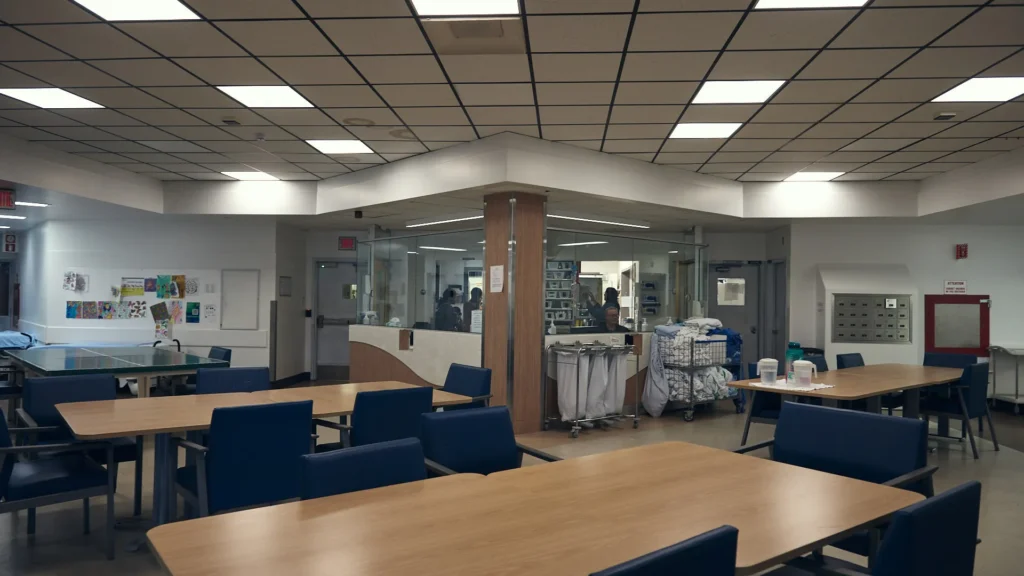
Worn-out surroundings can wear down morale and hinder recovery. But a soothing, welcoming space can foster healing. When we care for the visible, we help heal the invisible.
Martin Tétreault, Director of Mental Health, Dependence and Homelessness Programs
The faces of the psychiatry department.
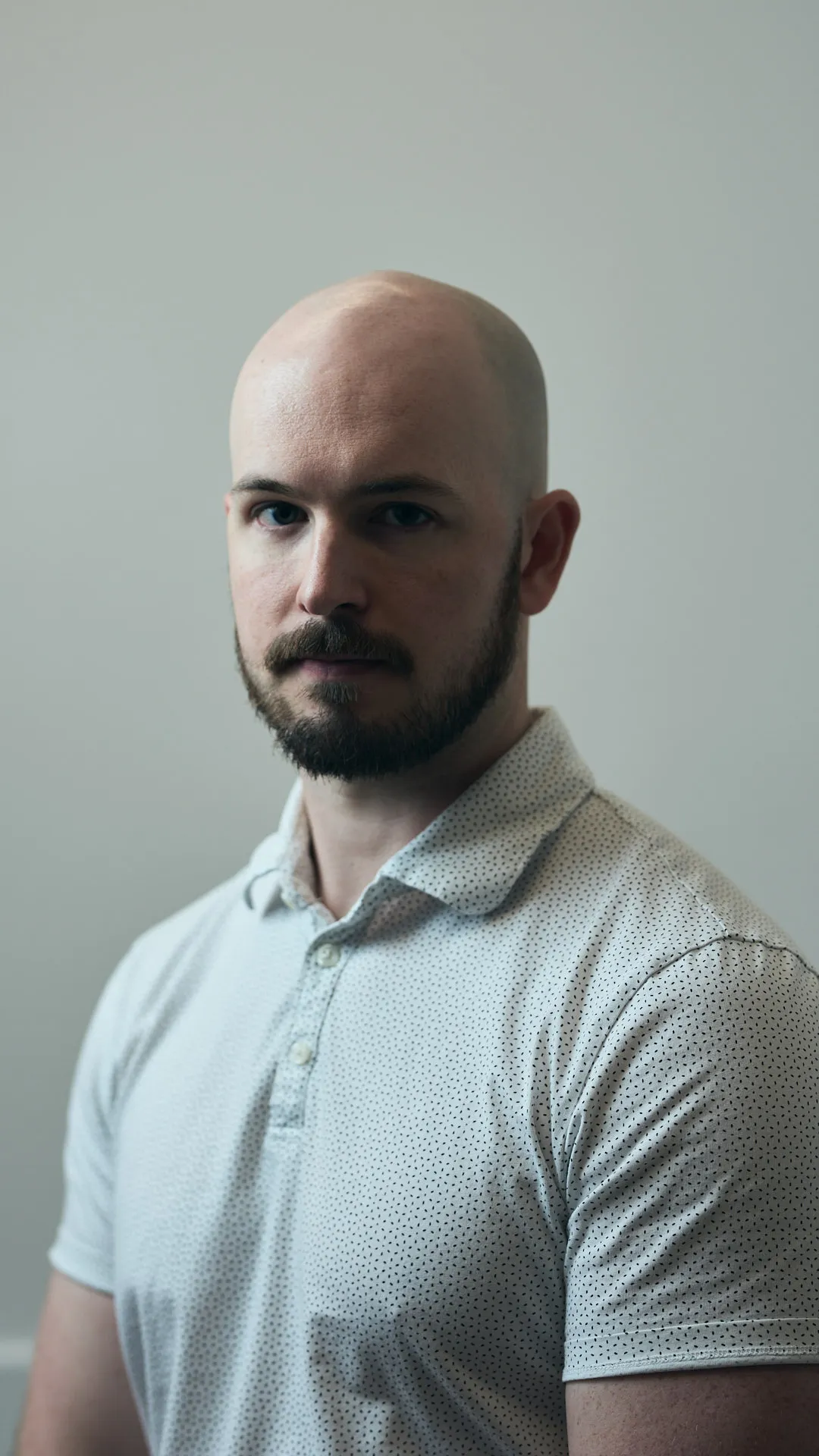
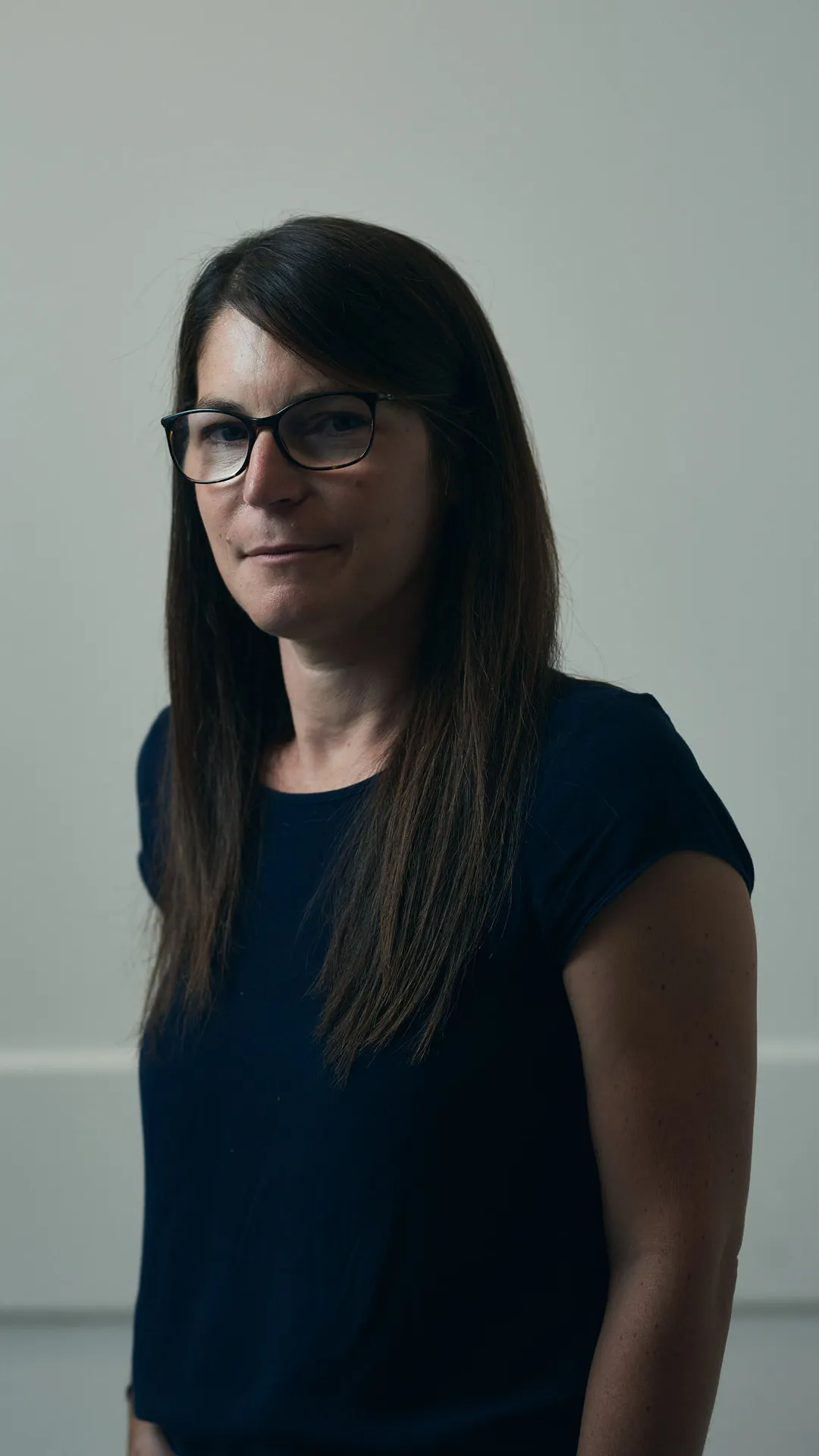
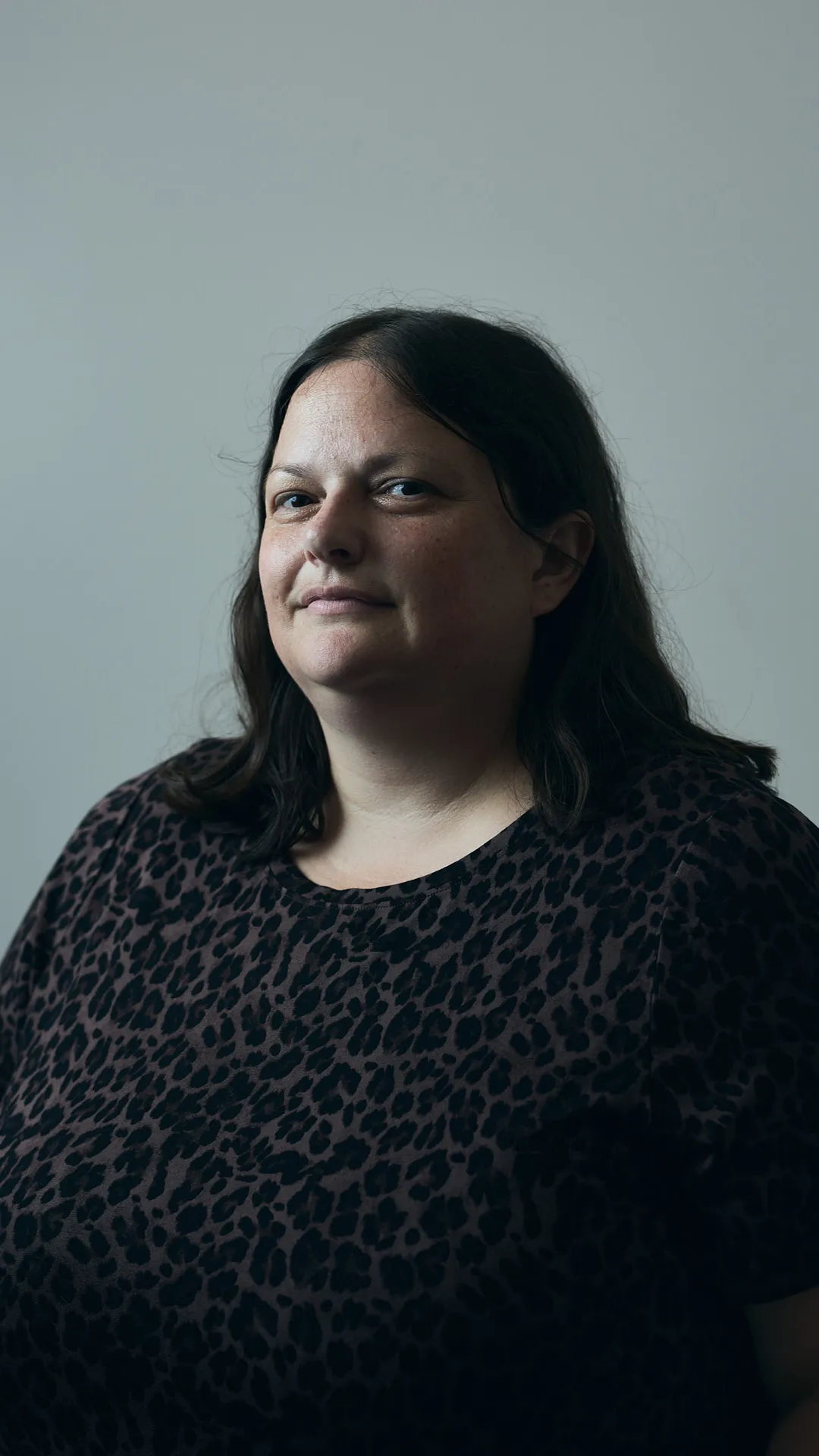
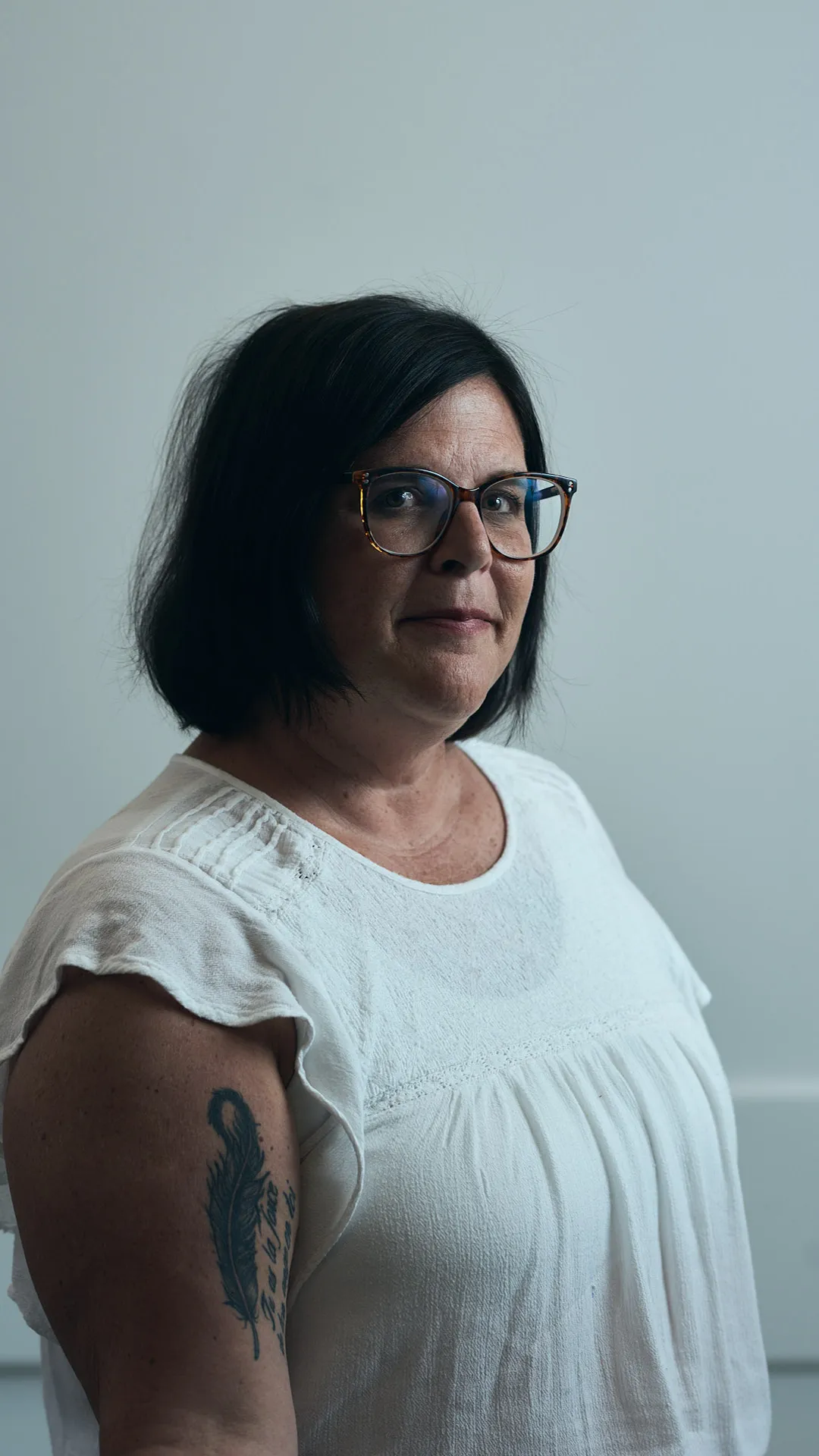
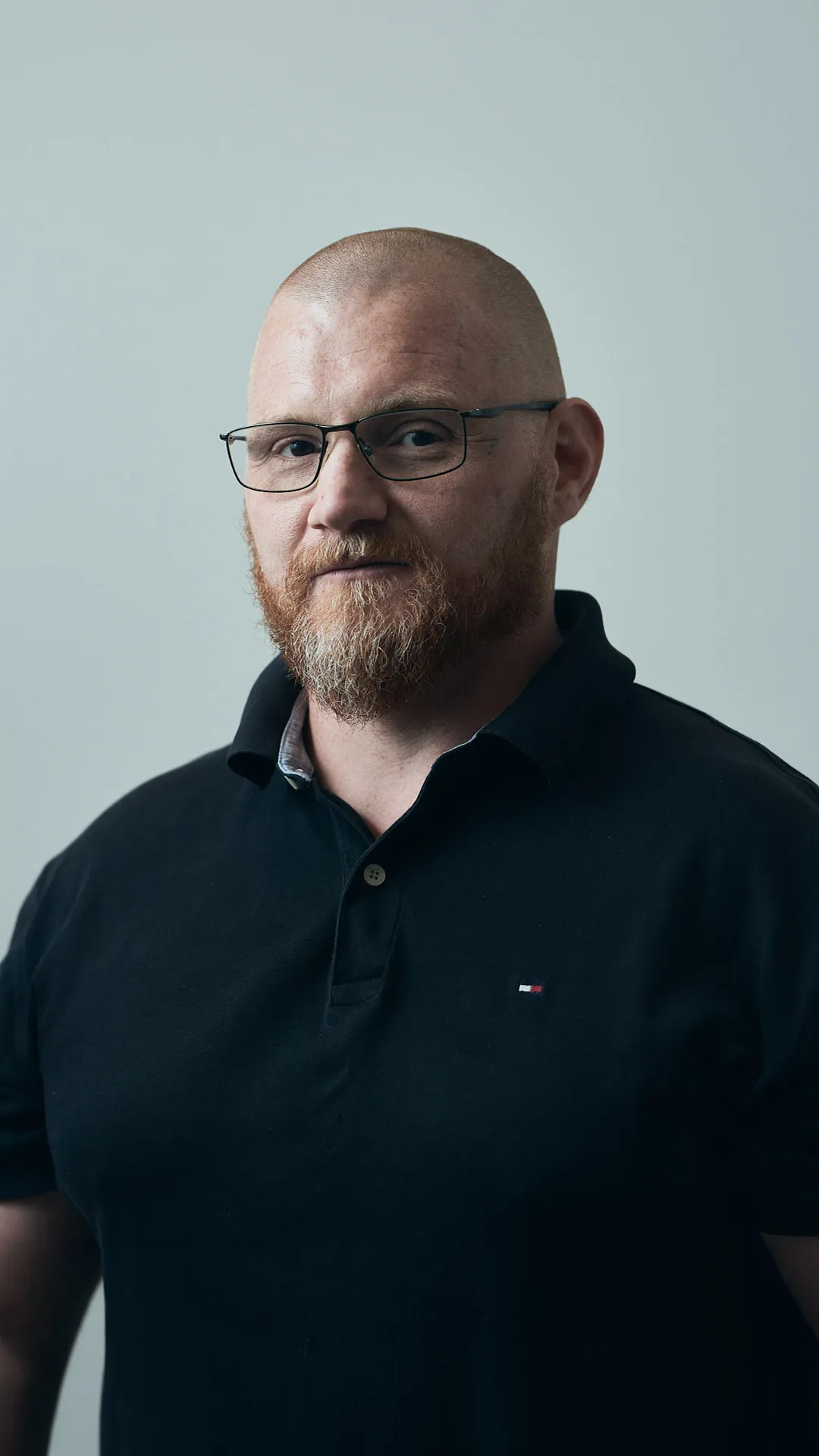
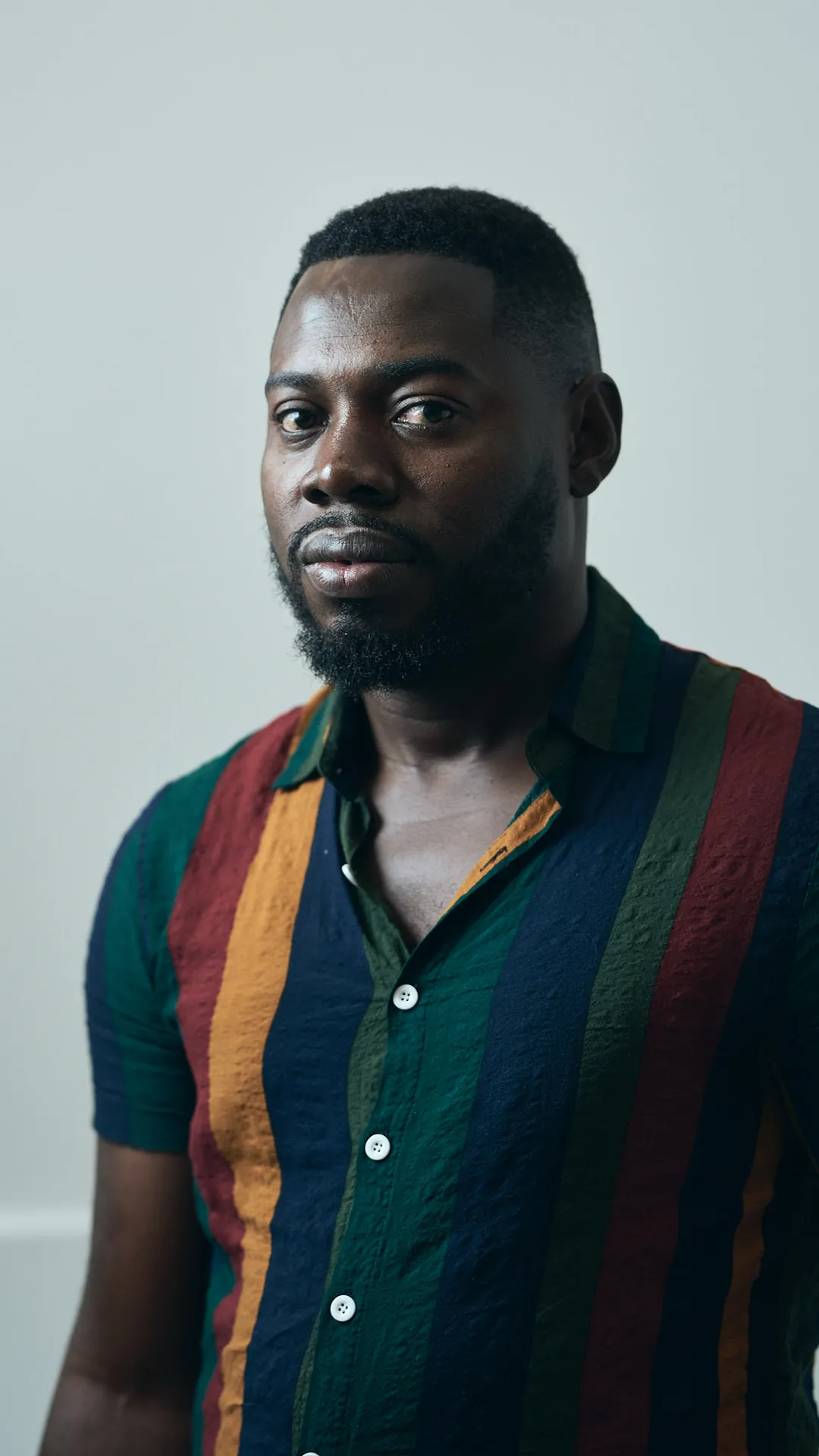
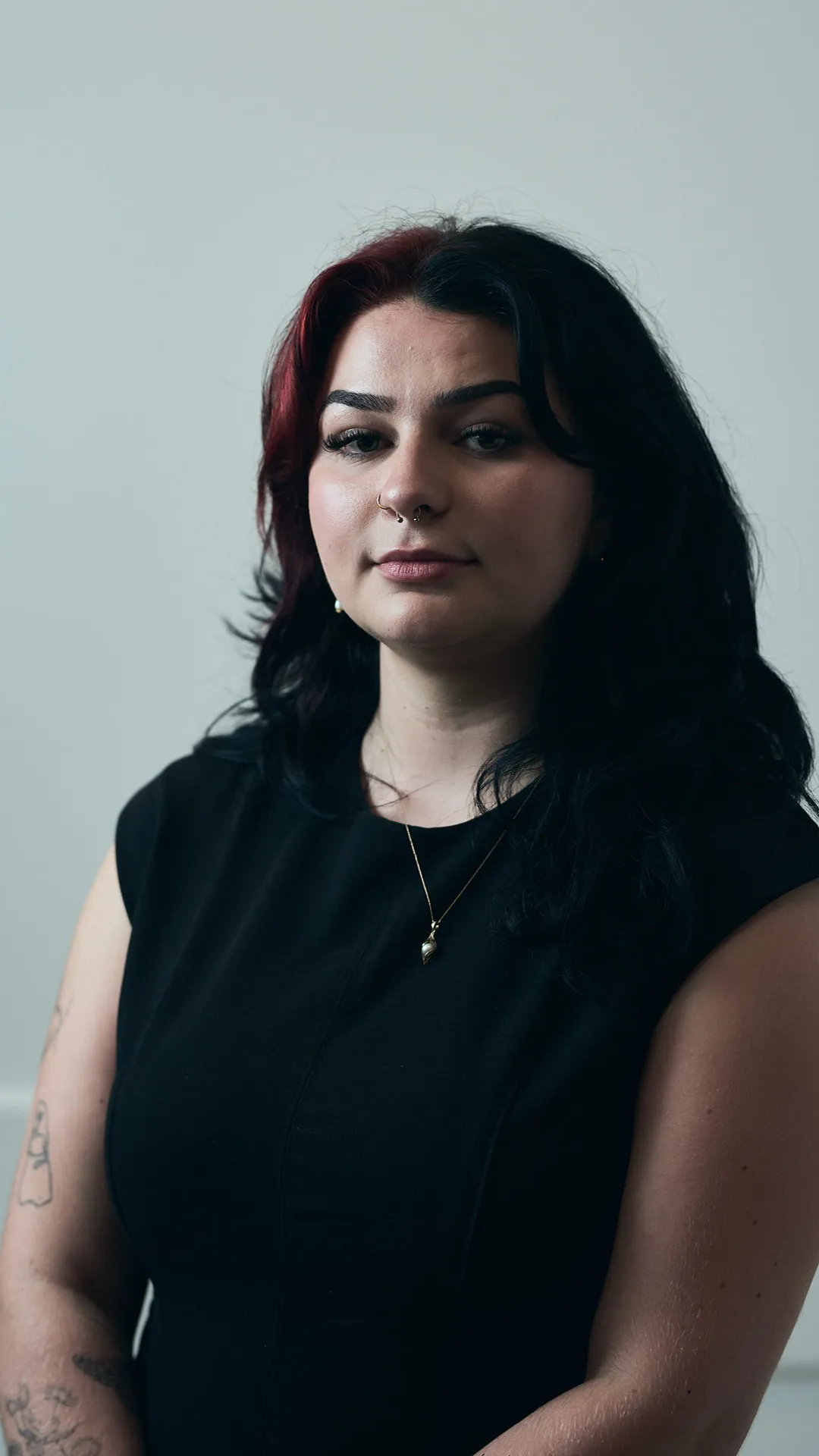
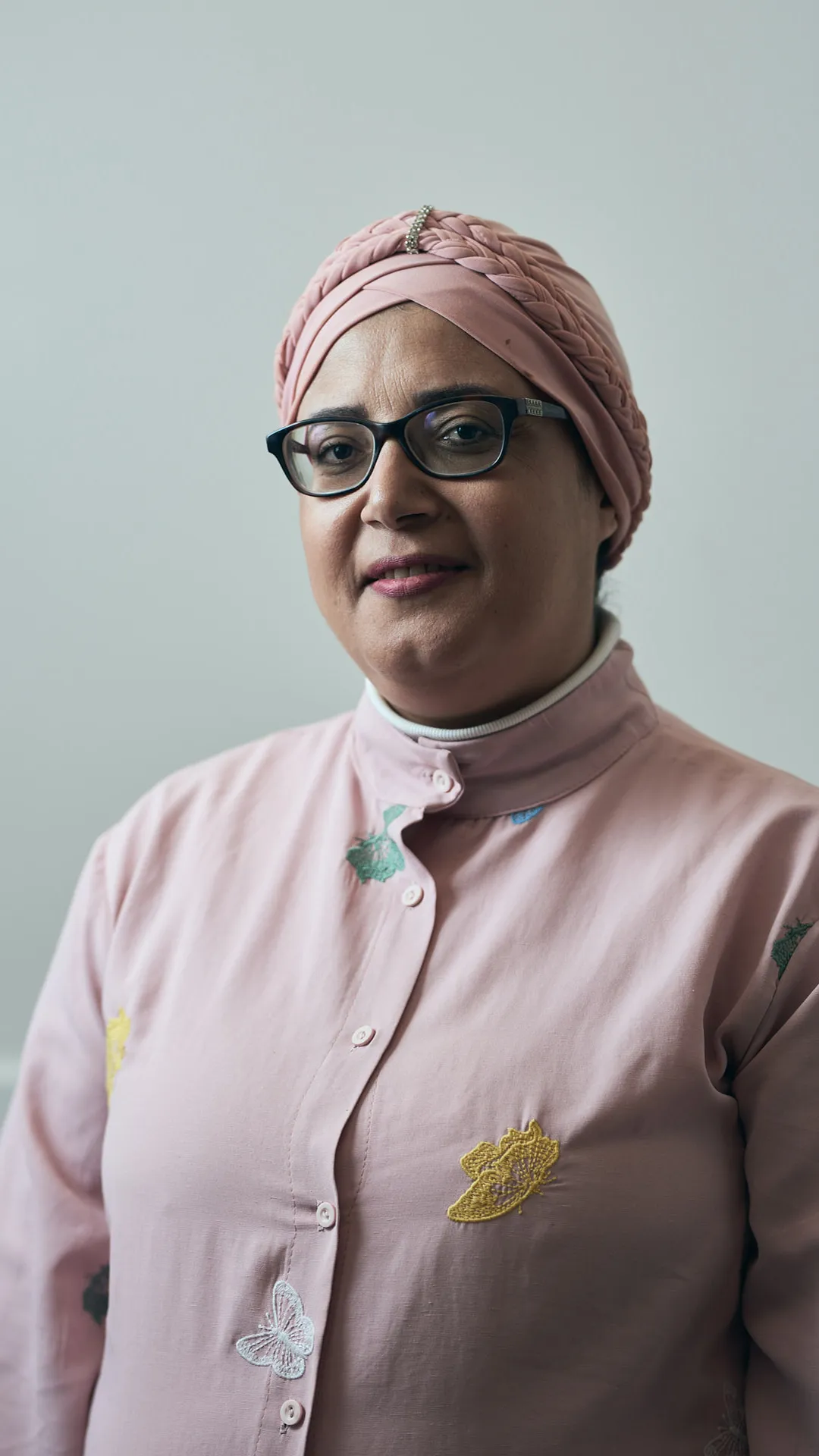
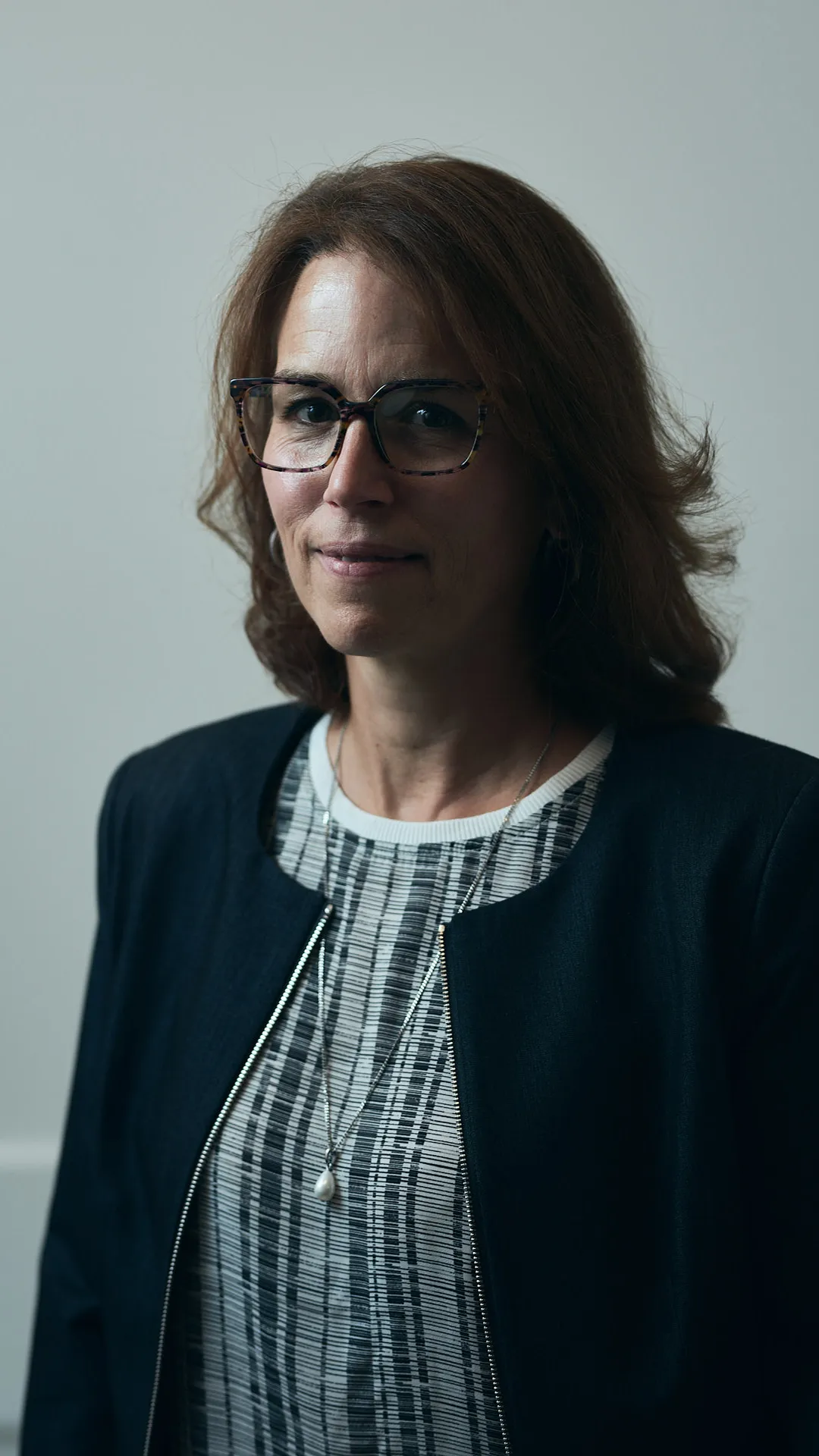
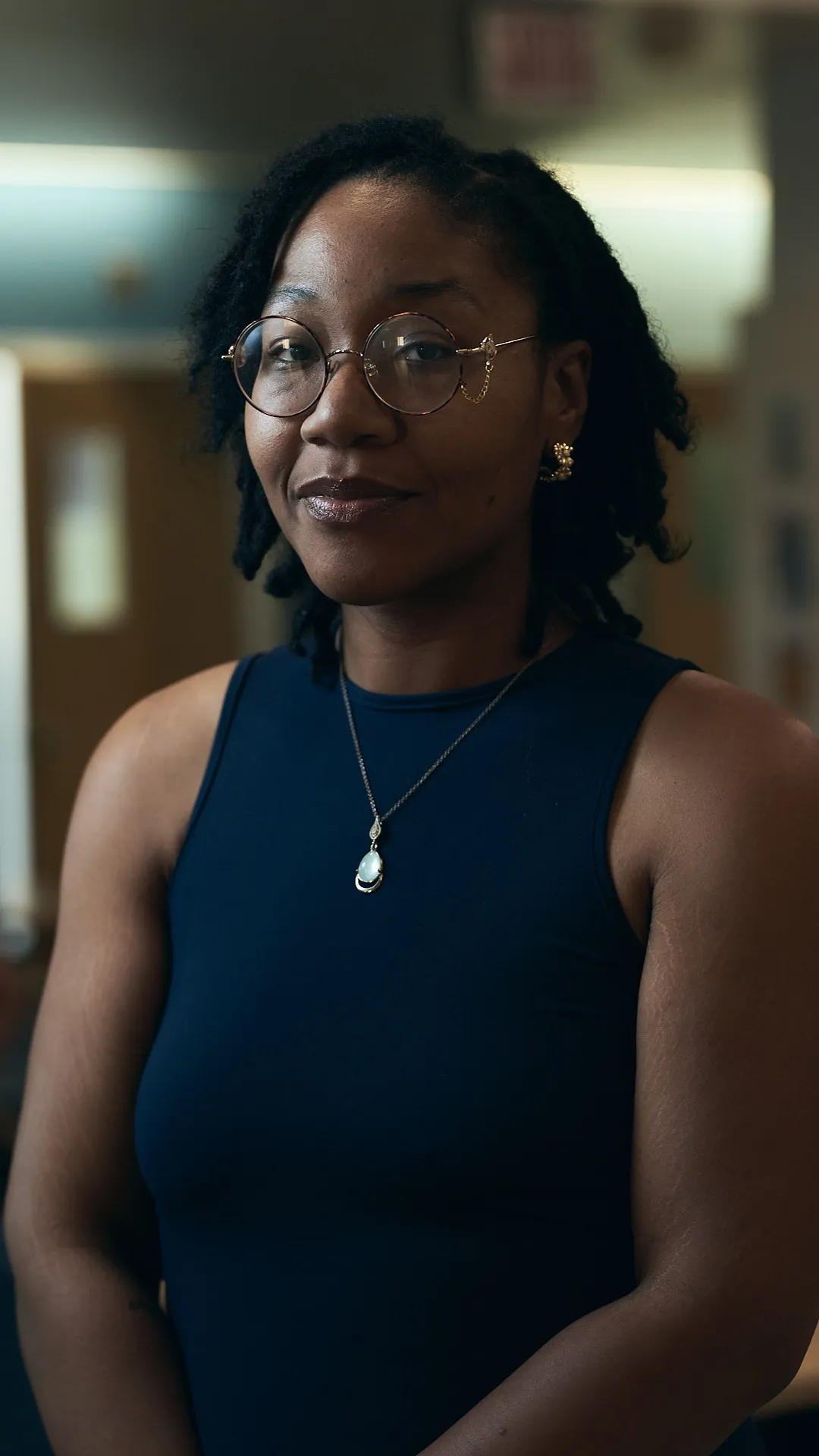
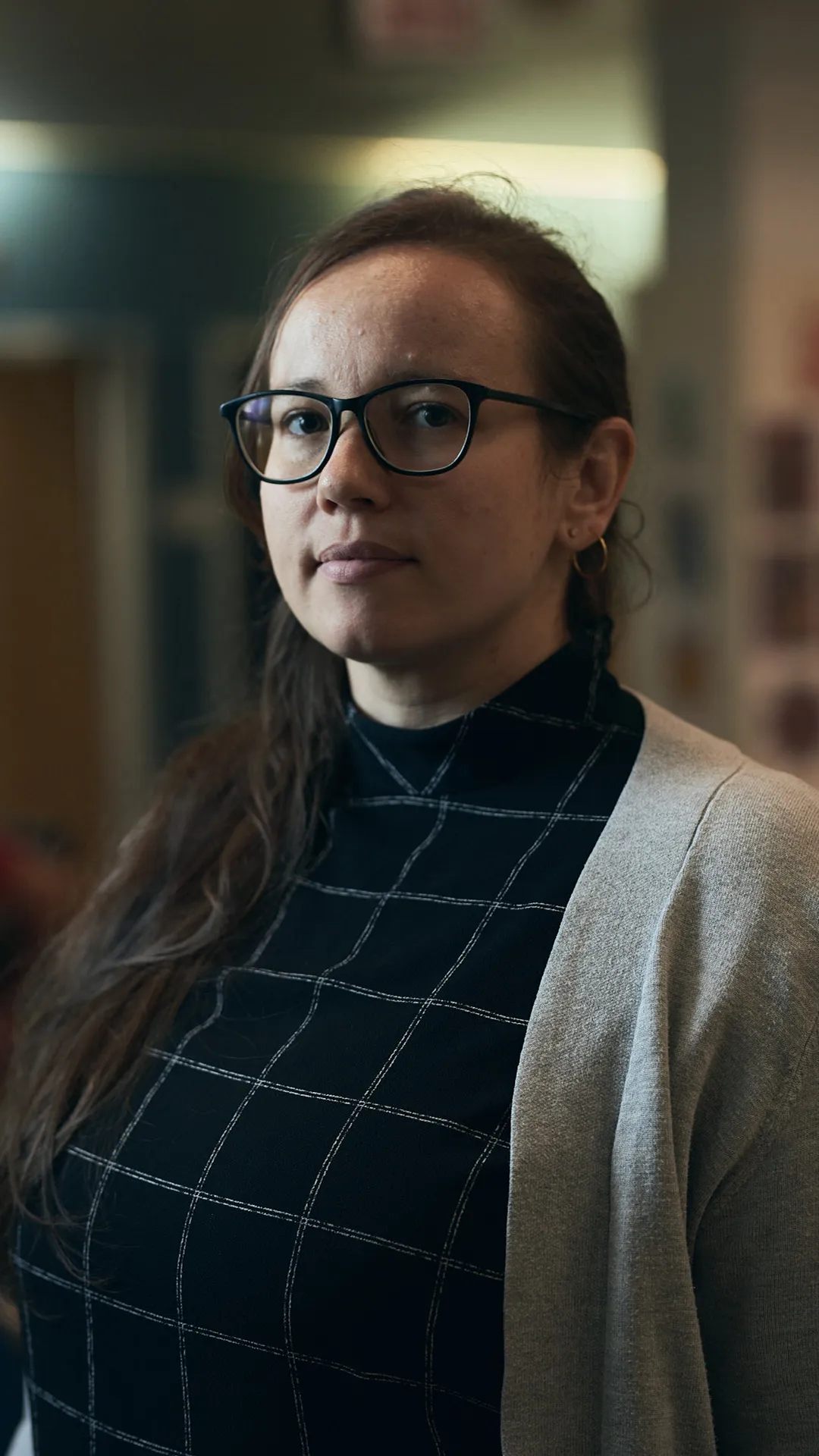
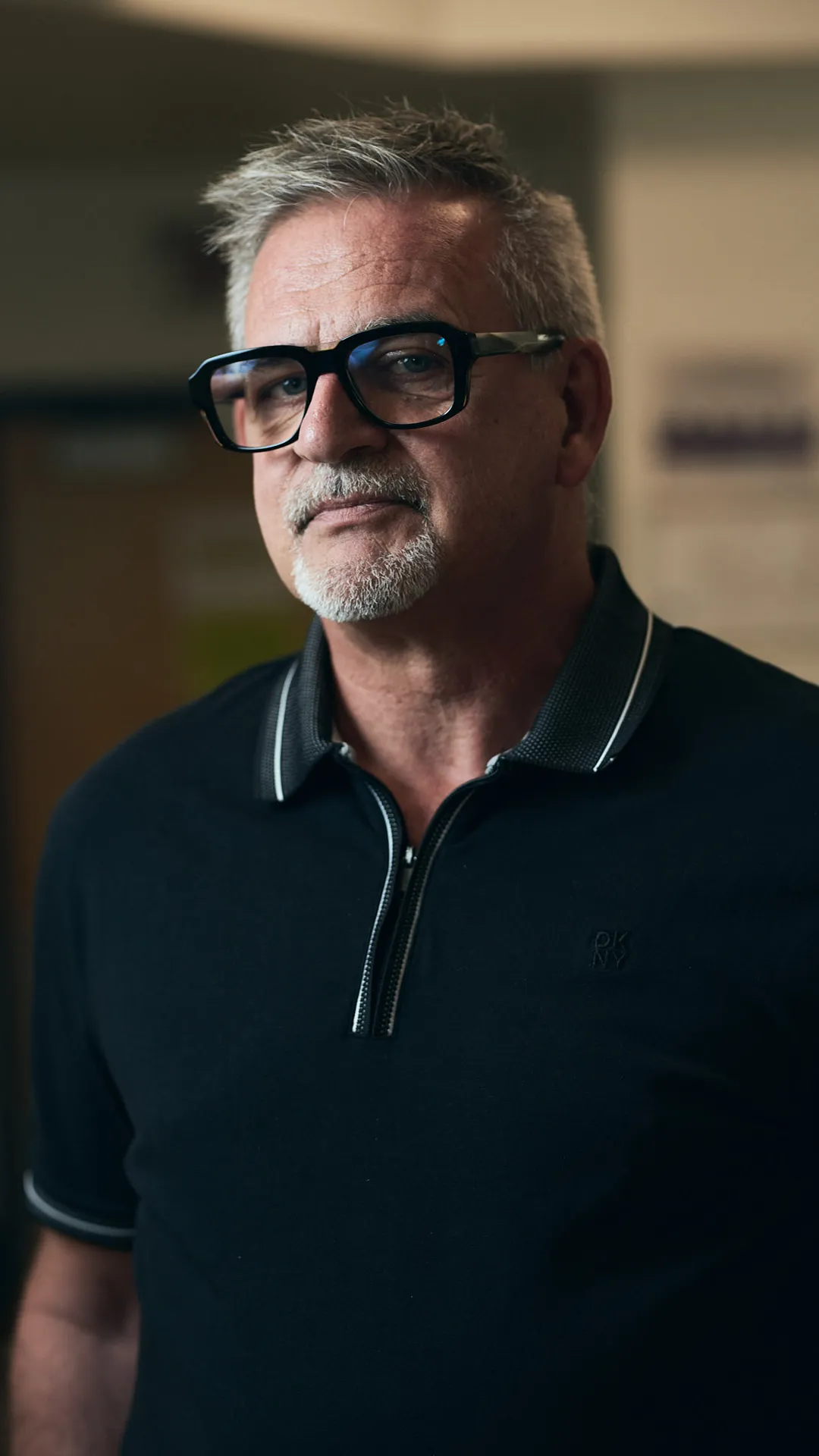
What your donation will do
Every detail matters when it comes to creating an environment that supports recovery.
With your donation, we can transform cold, outdated spaces into care settings that are human, calming and respectful of every individual’s dignity.
Every detail matters when it comes to creating an environment that supports recovery.
With your donation, we can transform cold, outdated spaces into care settings that are human, calming and respectful of every individual’s dignity.
You’ll help patients and the mental health team benefit from:
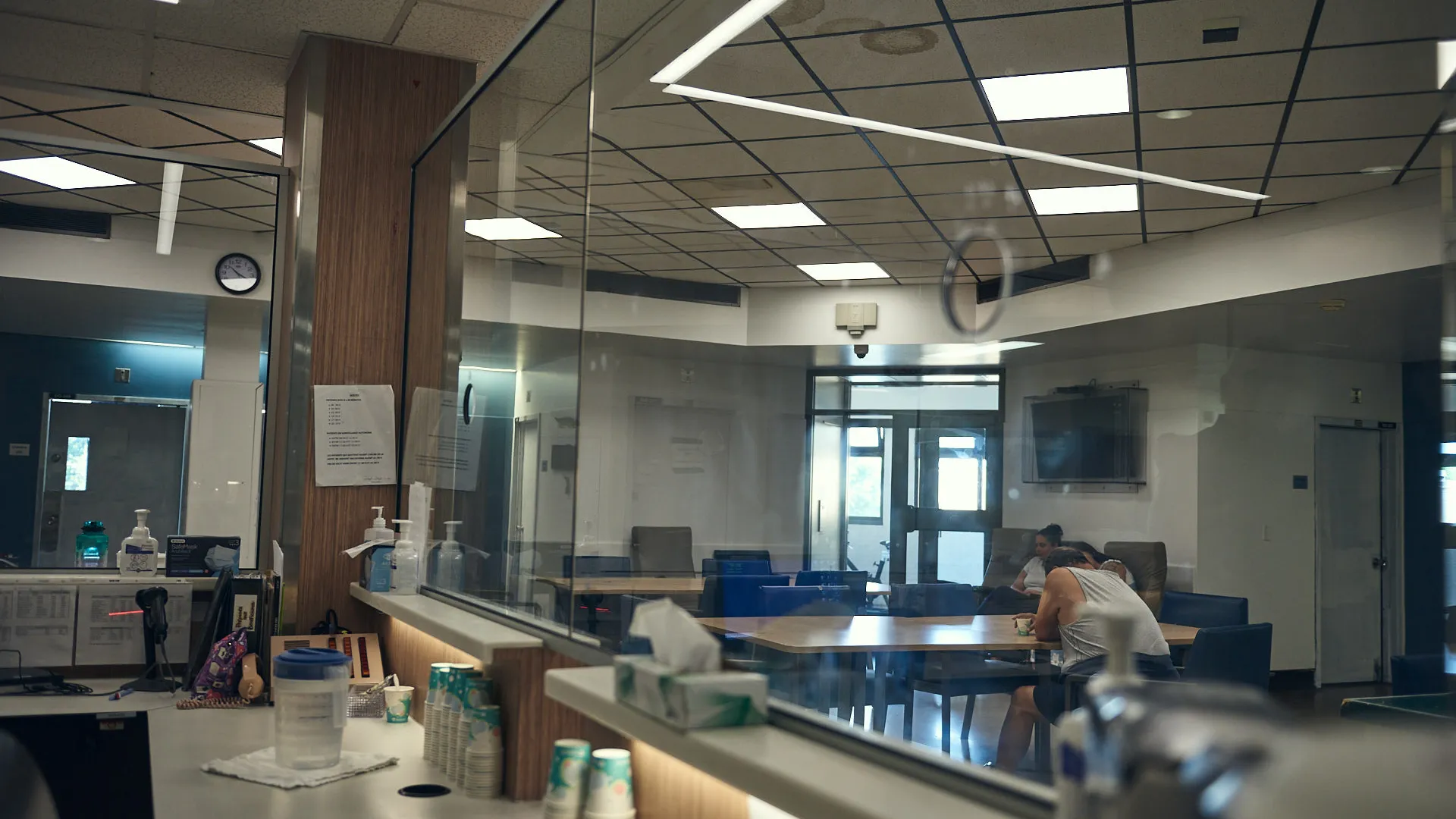
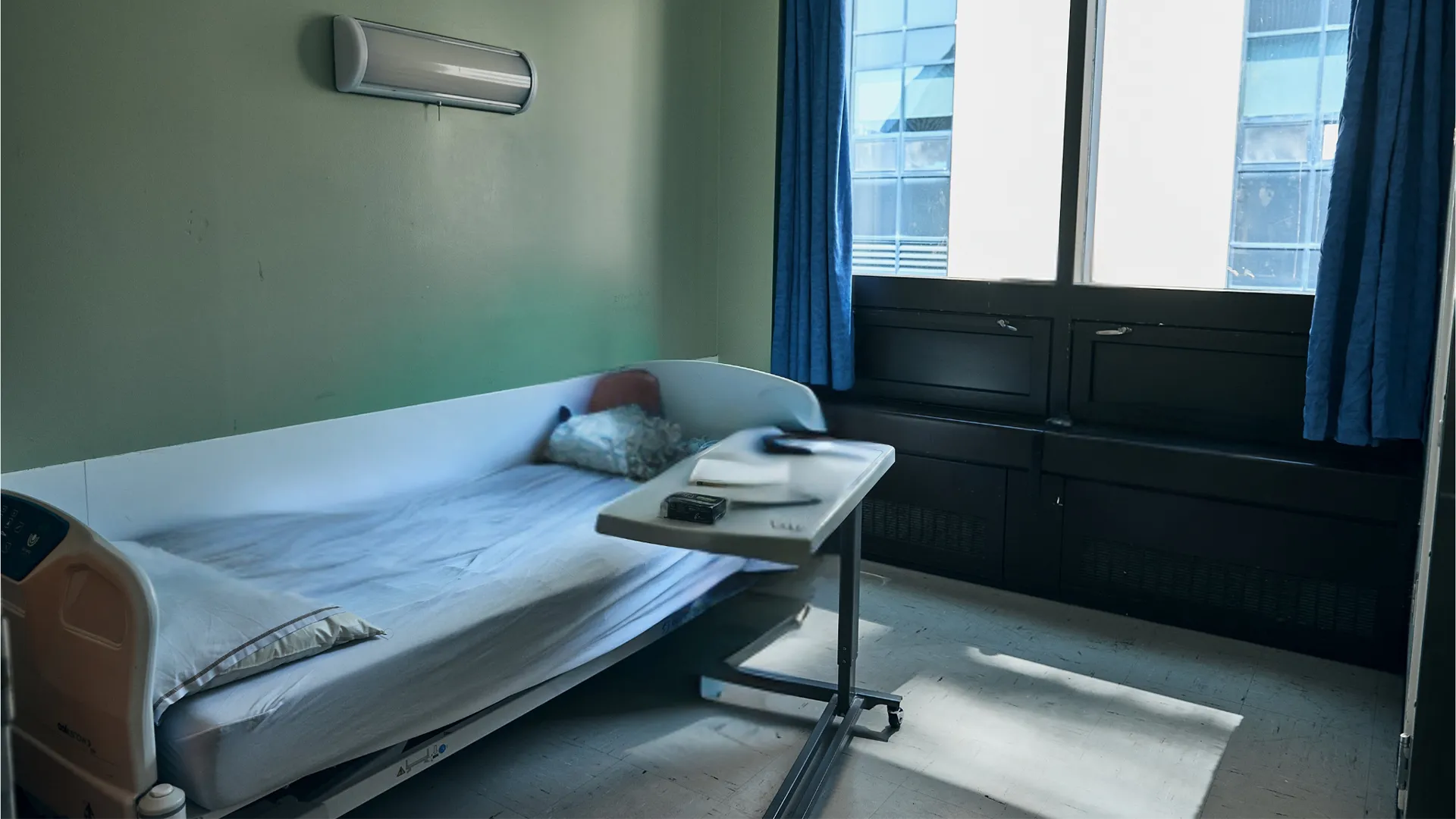
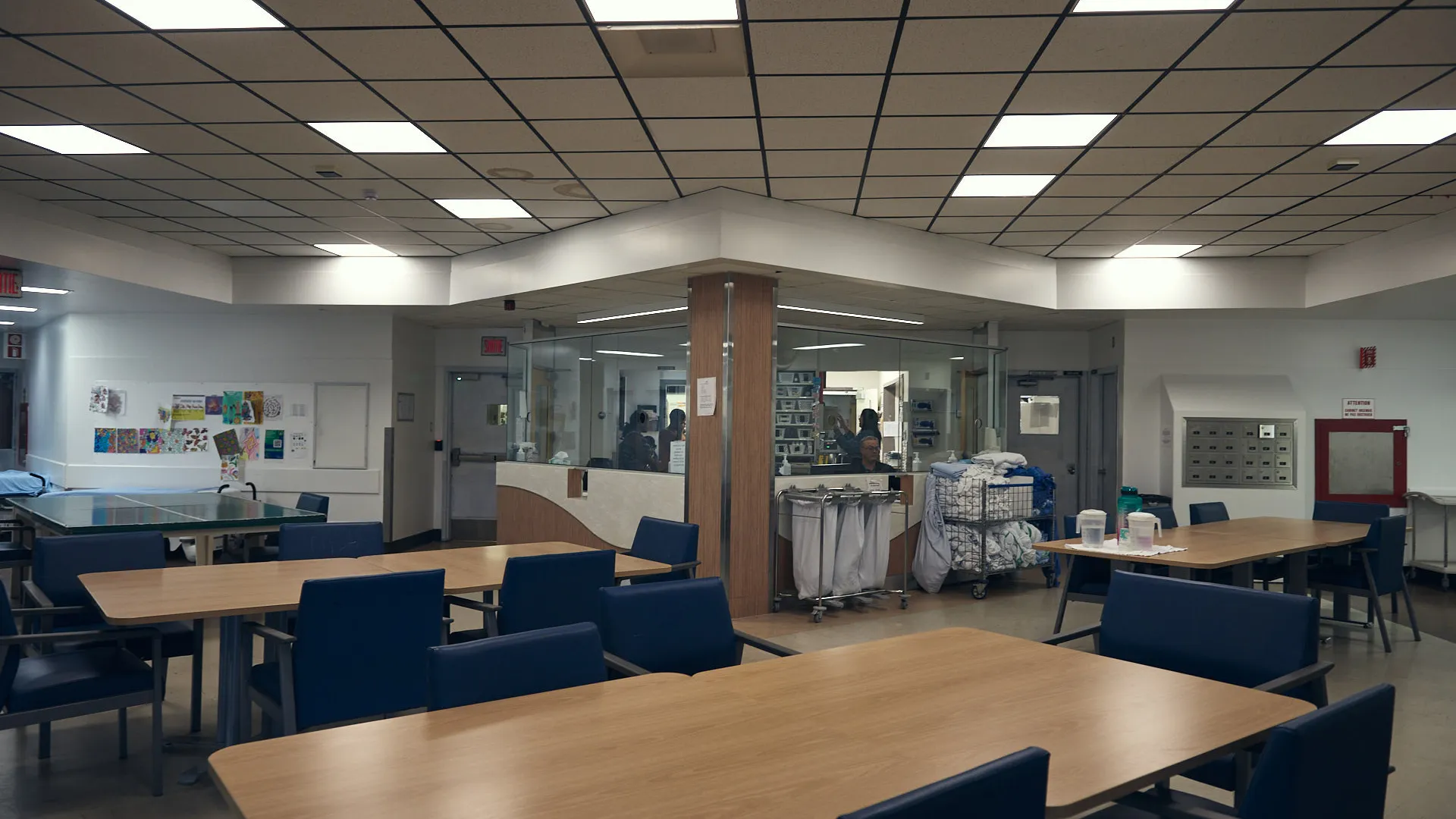
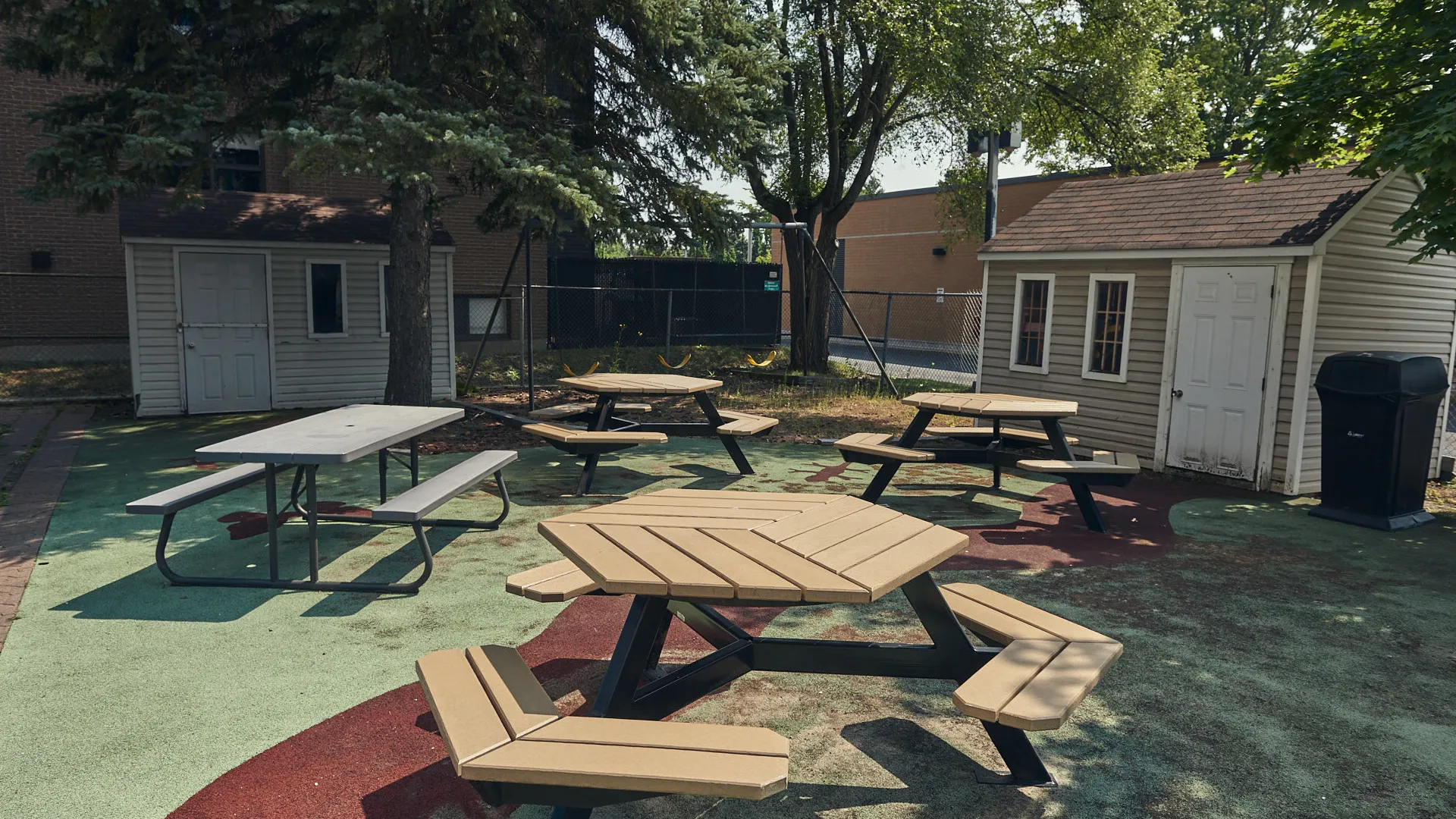
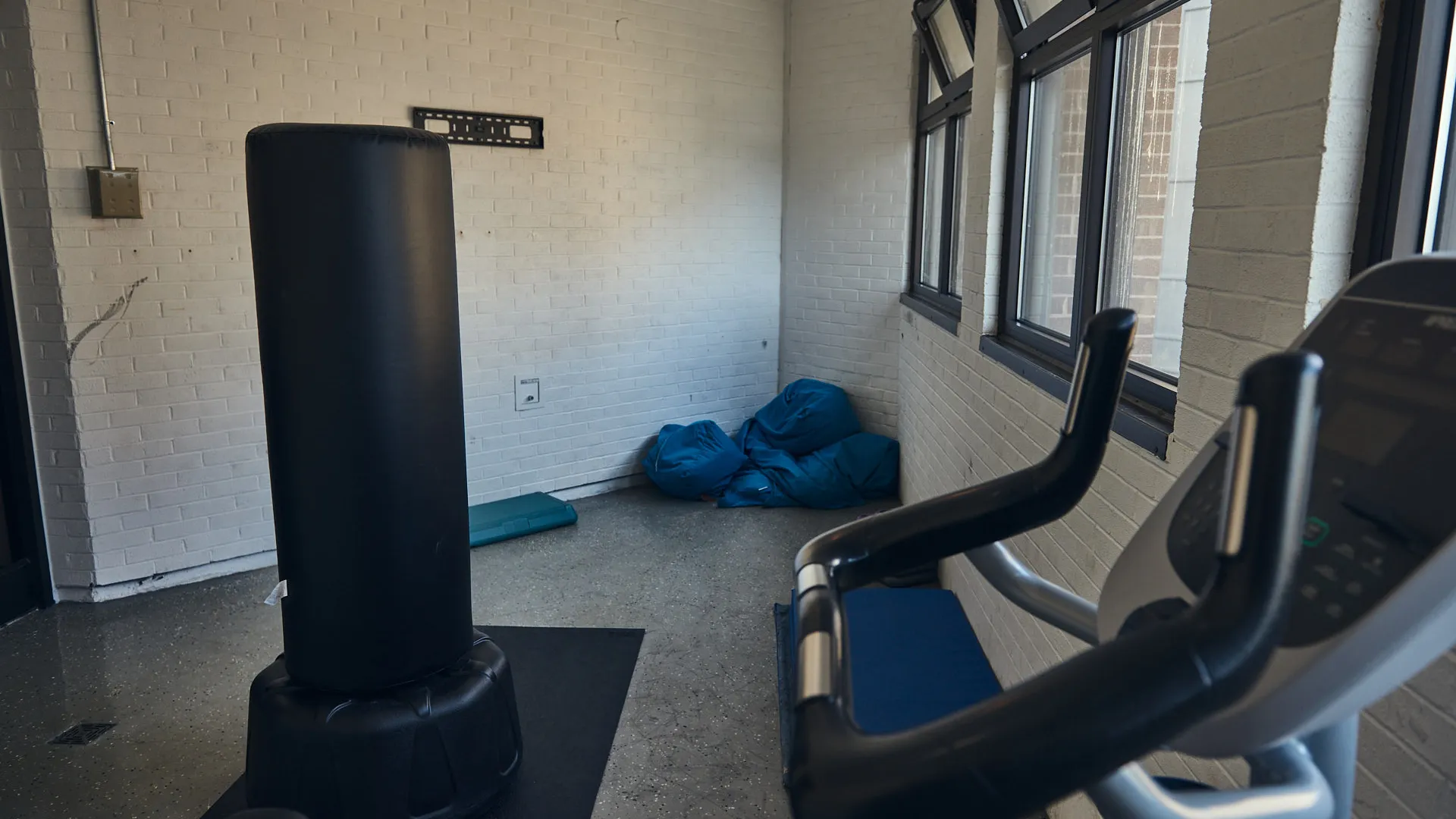
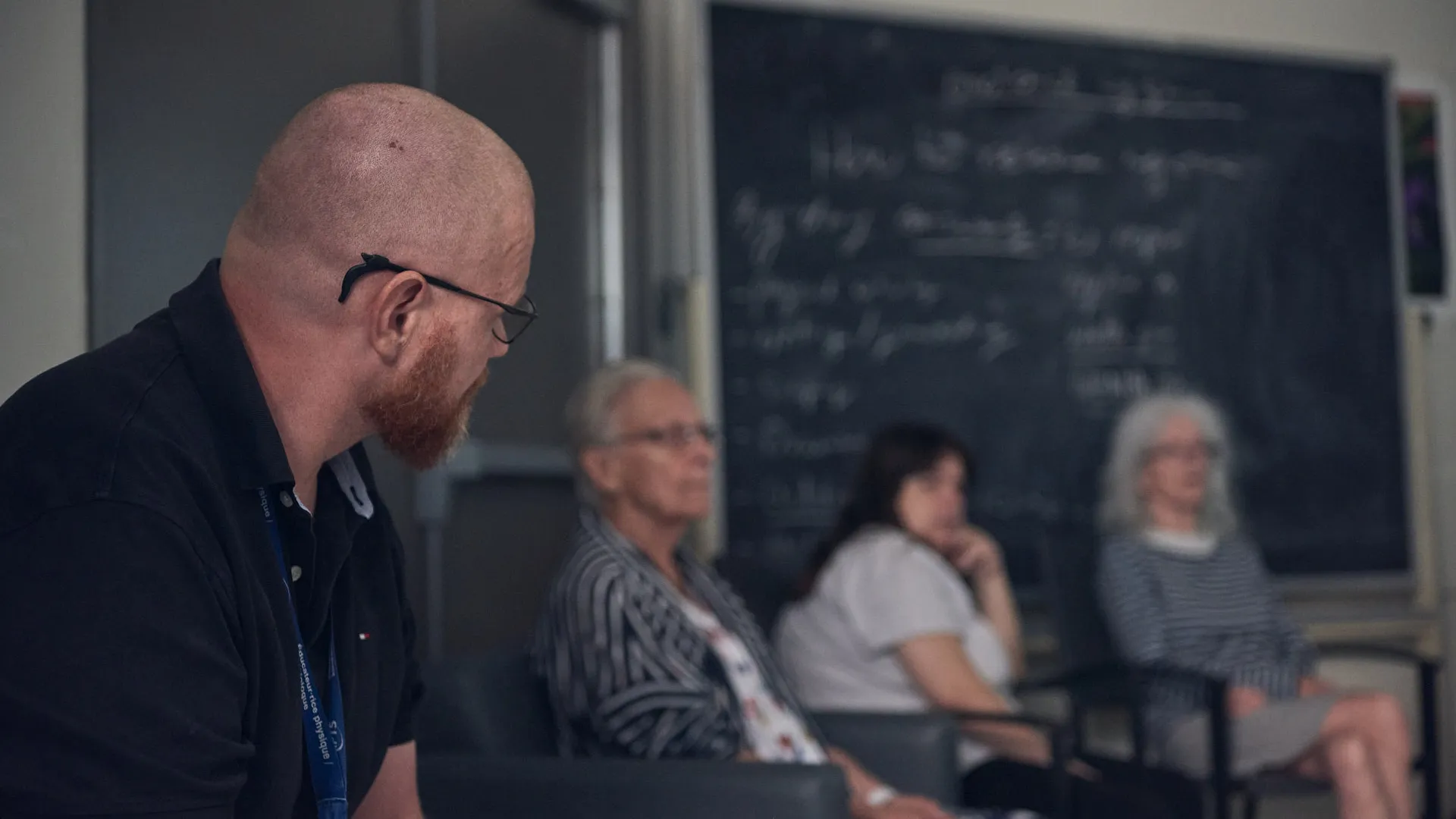
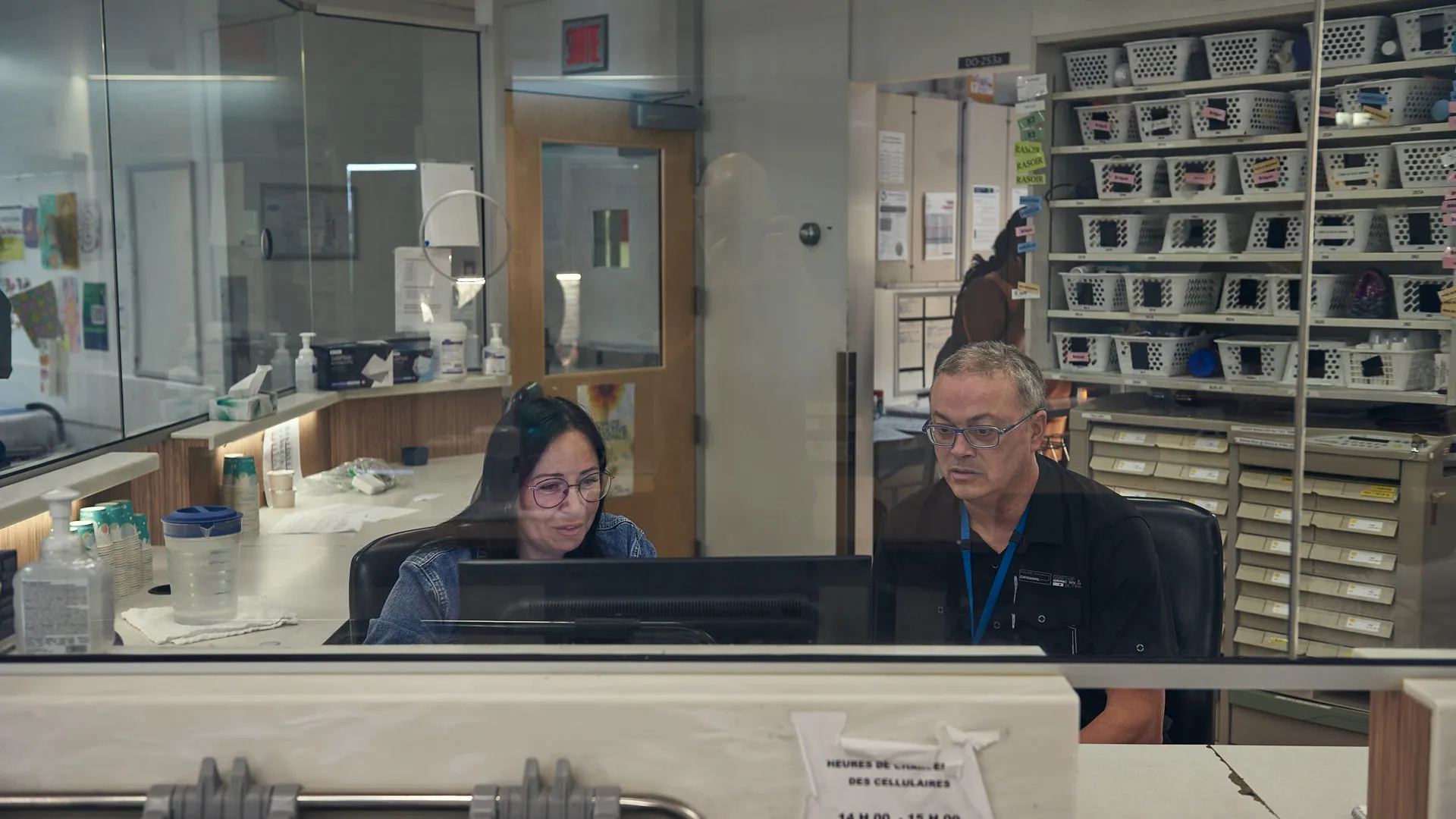
Create real impact
1 in 5 people will experience a mental health episode in their lifetime
Since the pandemic, demand for services has increased by 30%
400 hospitalizations each year, lasting from a few weeks to several months
A team of deeply human, highly qualified and committed caregivers
Ils comptent sur vous
Votre don est un acte de bienveillance.
Un geste concret qui améliore le quotidien de centaines de personnes.
Patients, proches, soignants.
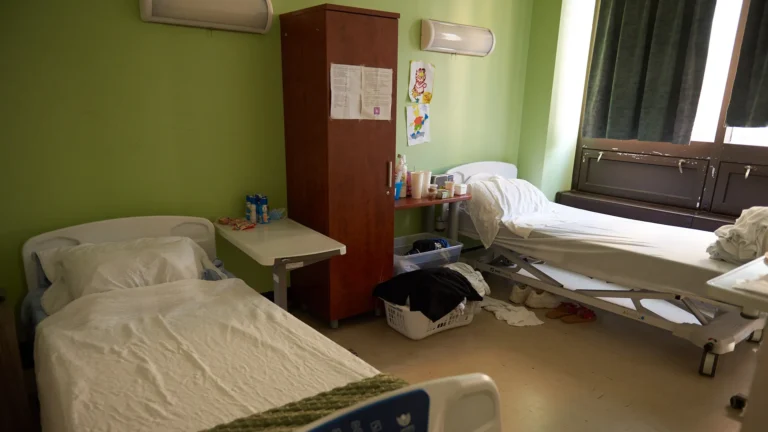
Let’s care for the visible to heal the invisible
This is the team of caregivers and specialists united by the same heartfelt mission.
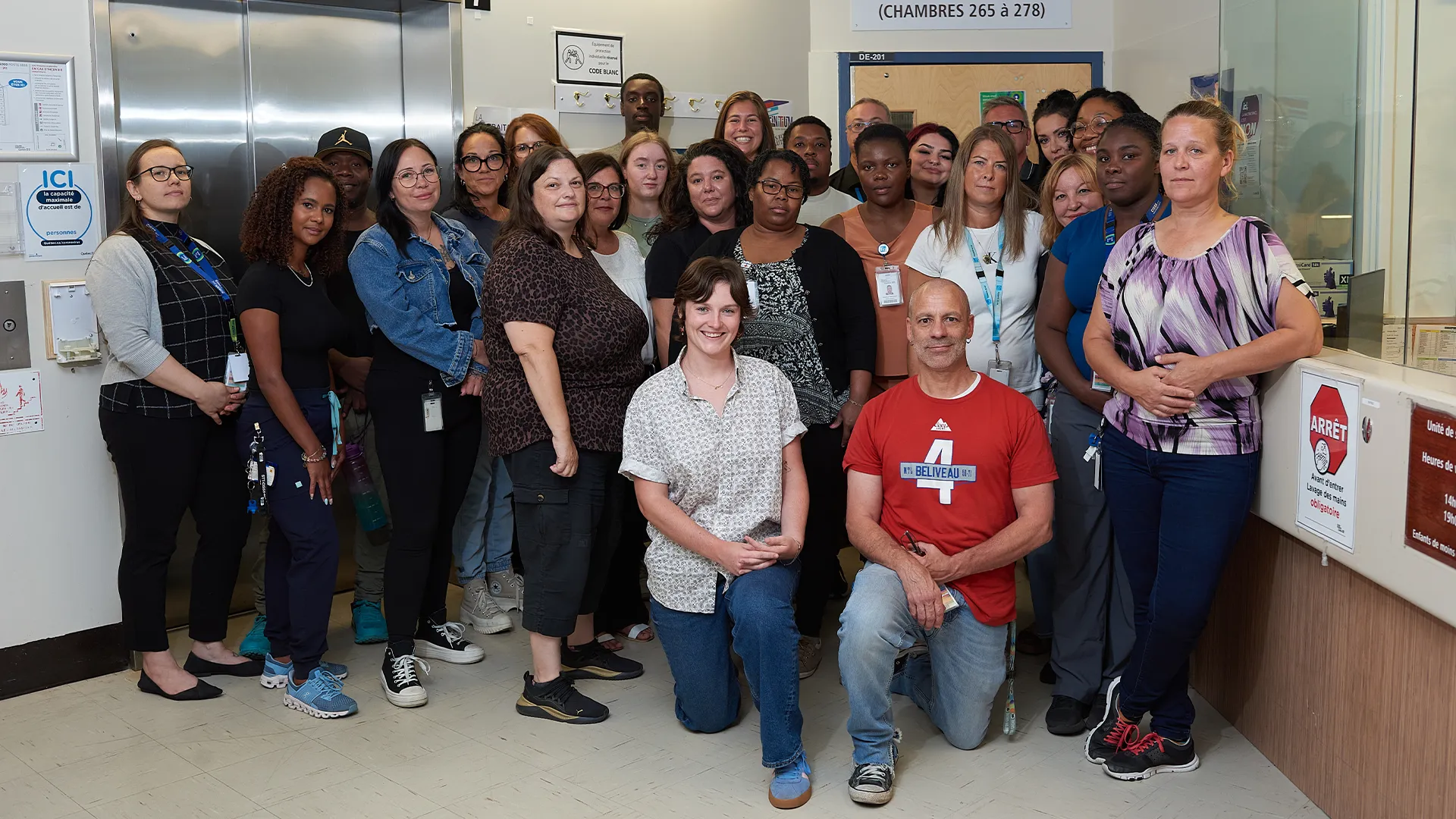
When walls protect without confining, when light returns, when colours soothe… hearts can open, bonds can be rebuilt, and recovery becomes possible.
Are you ready to make history with them and help redesign living spaces that reflect their mission?
Together, let’s create impact for mental health.
ADDRESS
- 3120 Taschereau Blvd.
- Greenfield Park, Qc J4V 2H1
CONTACT
© 2025 Fondation Hôpital Charles-LeMoyne. All rights reserved.
Charitable Registration Number: 13460 7936 RR0001
